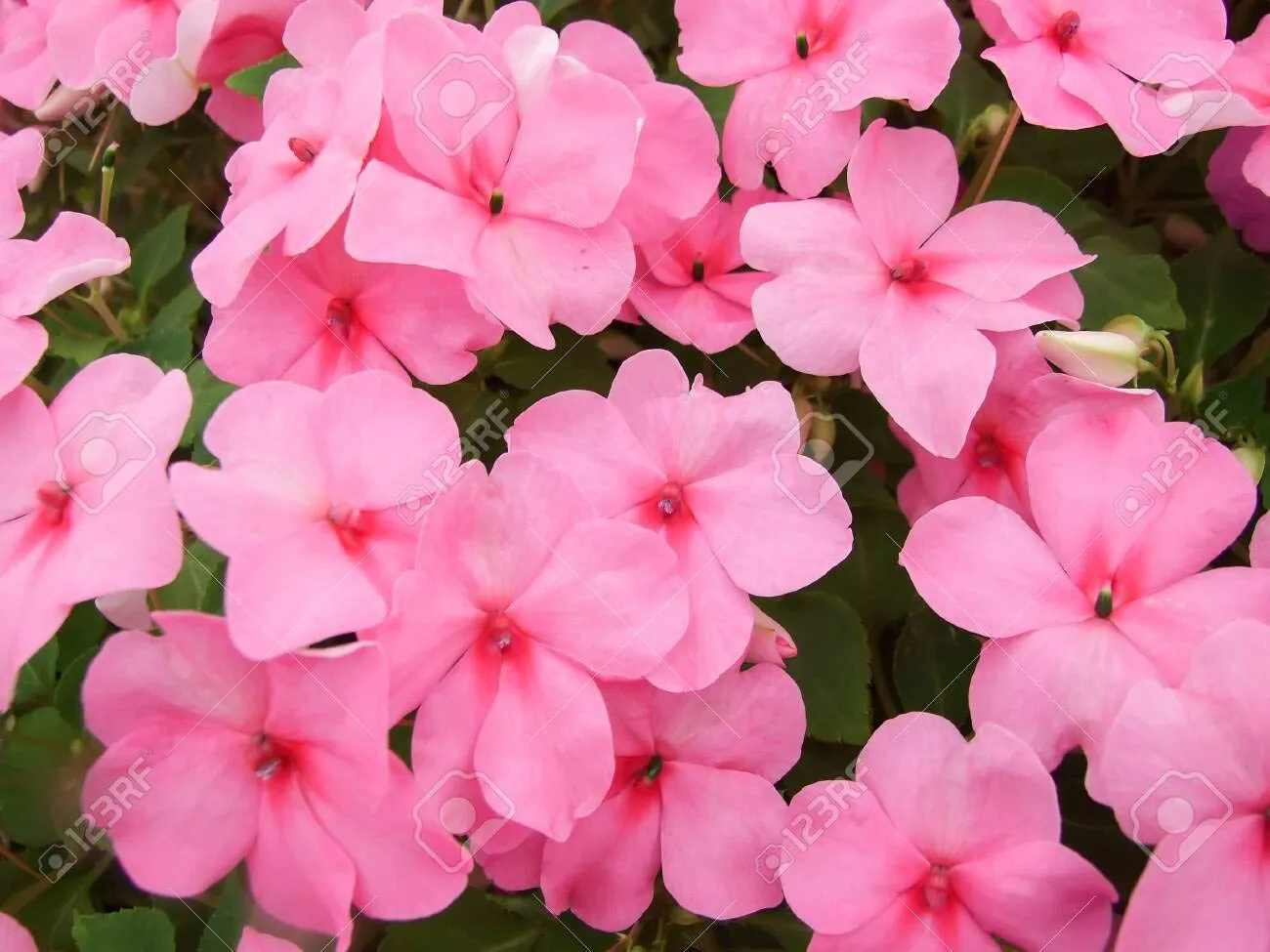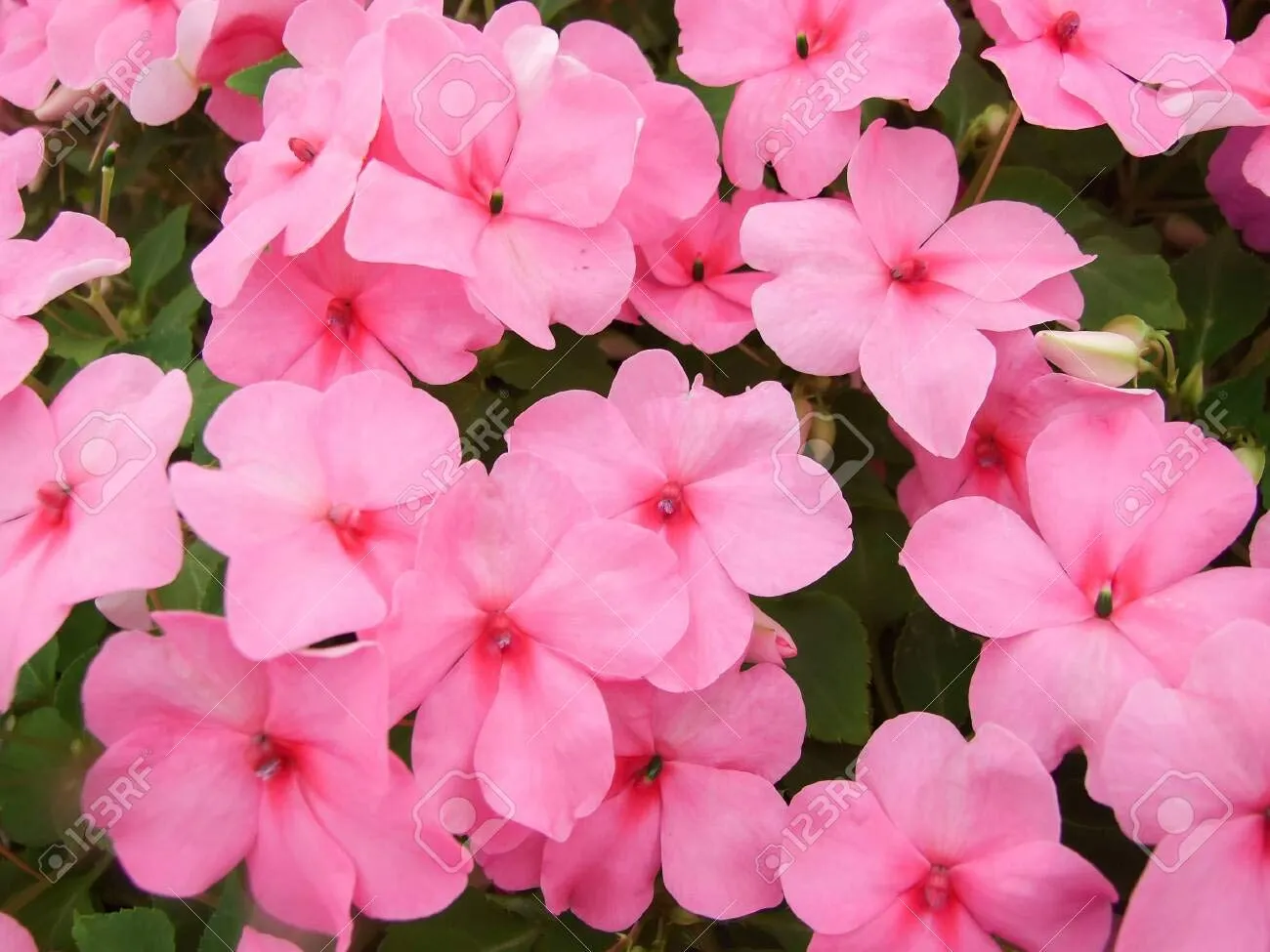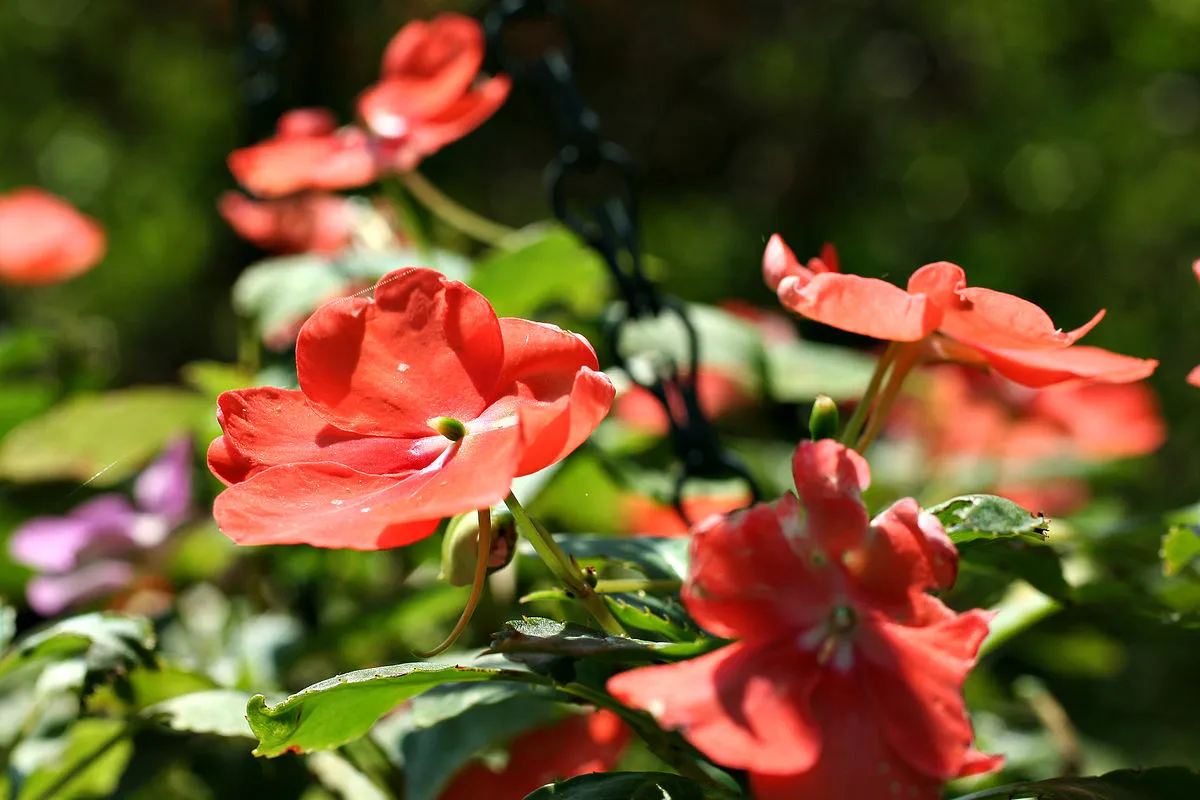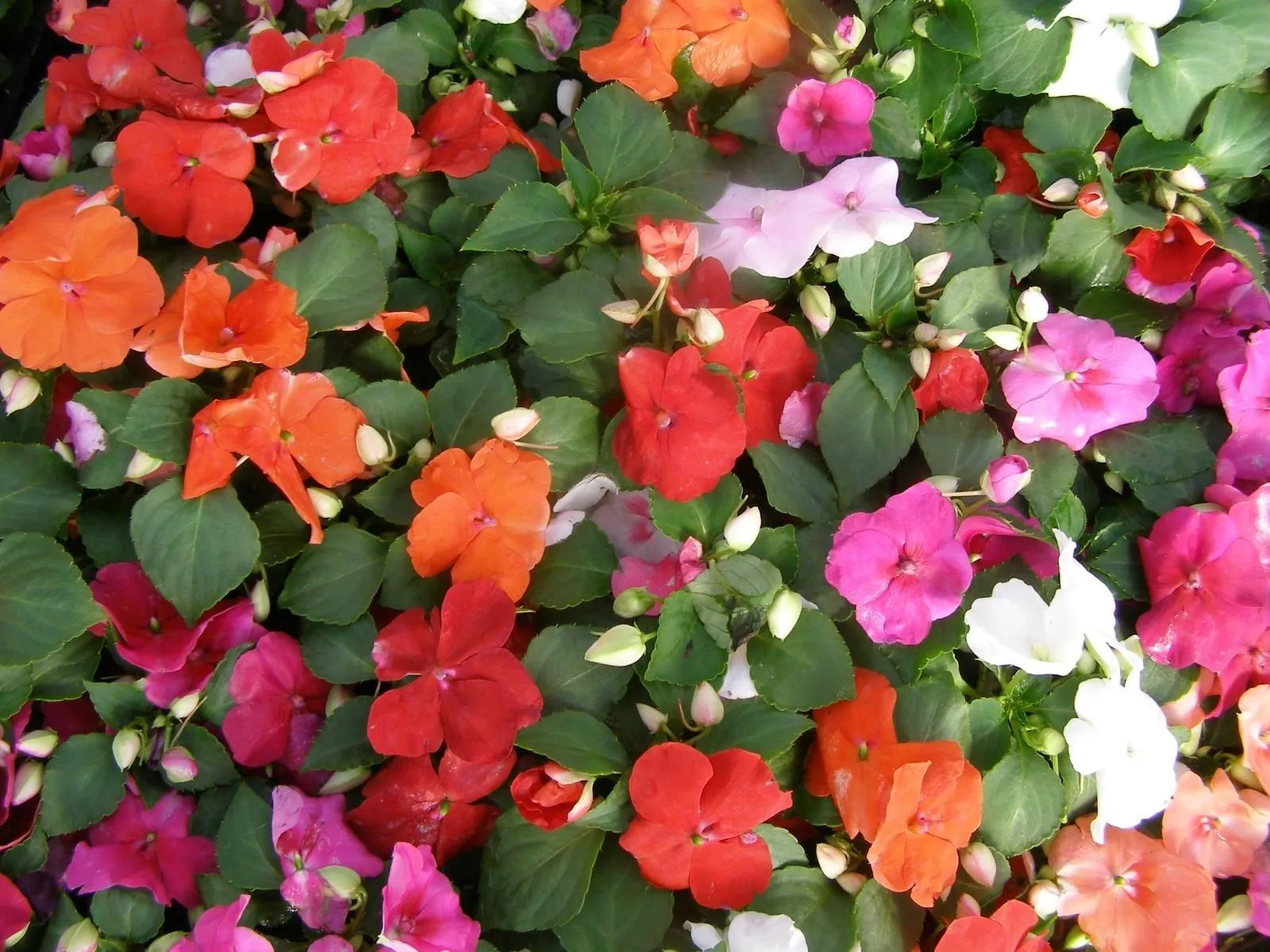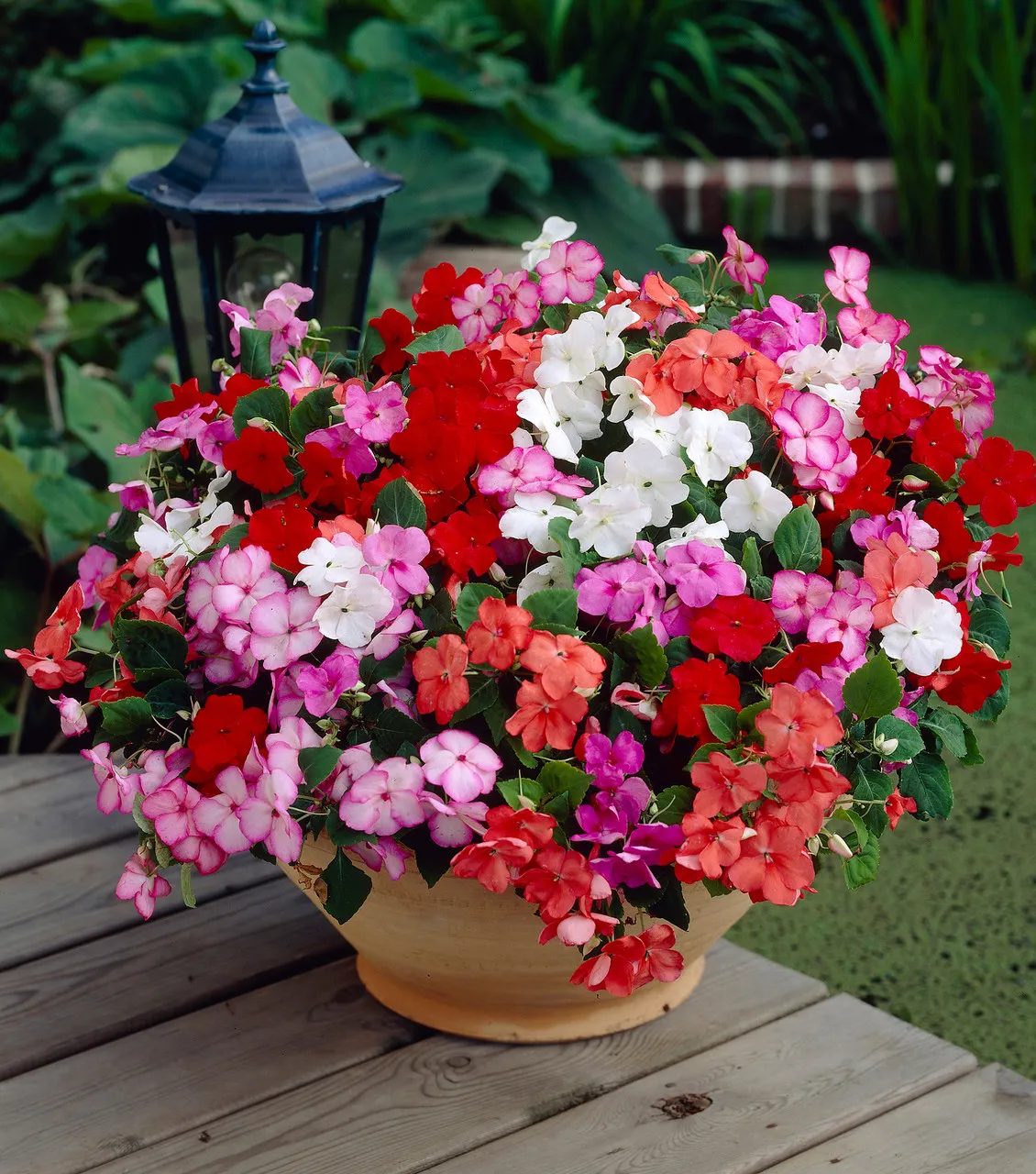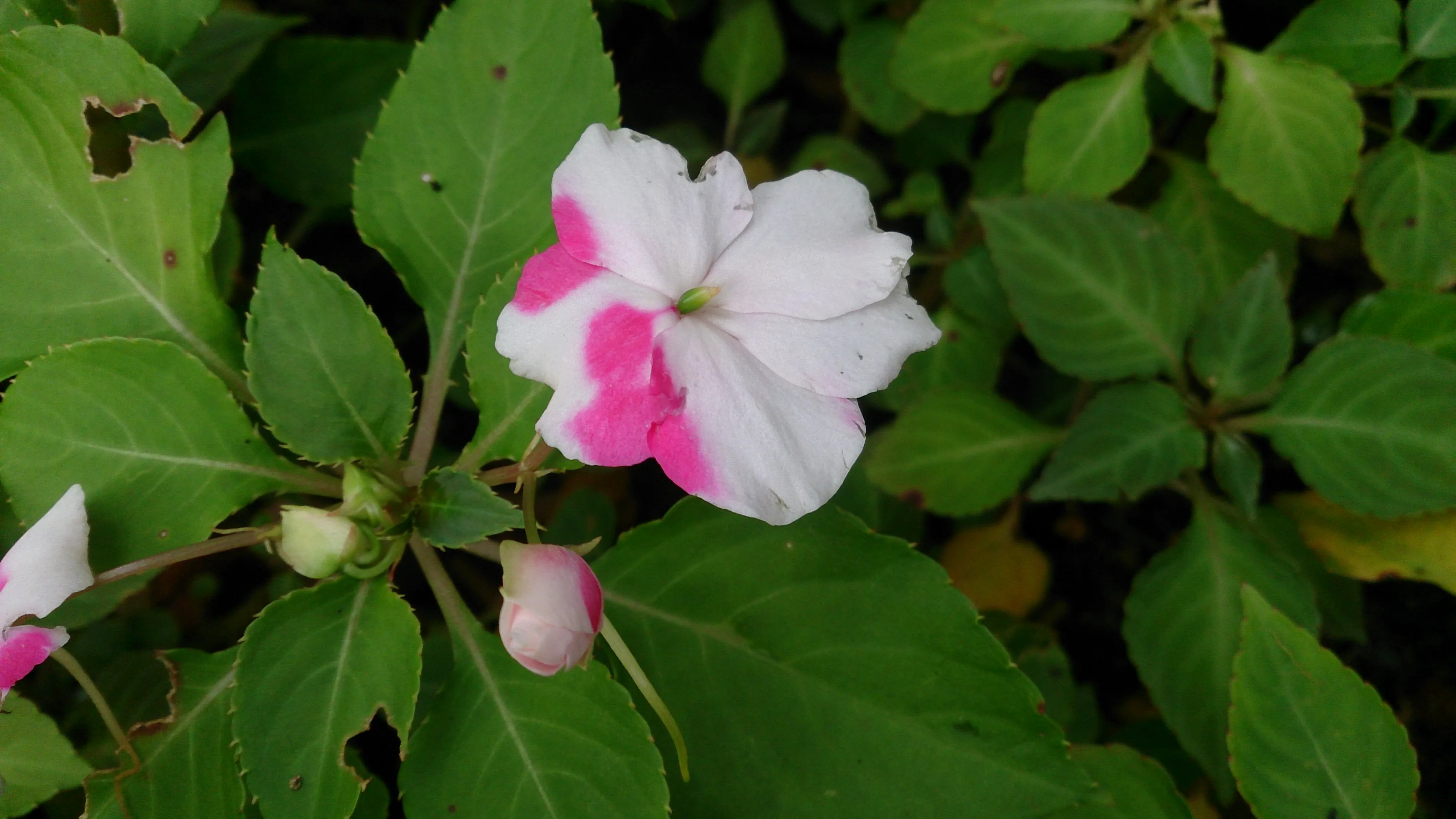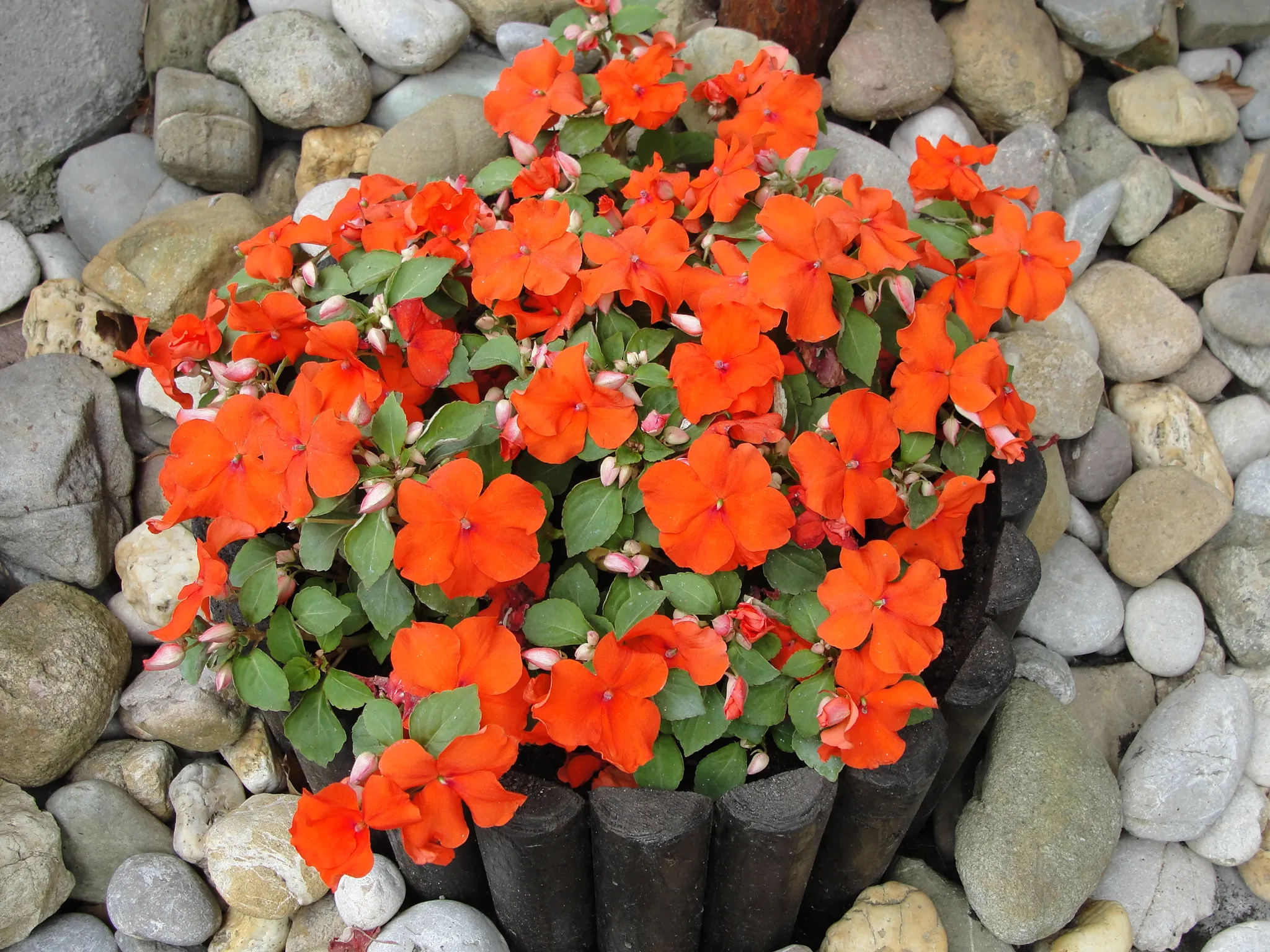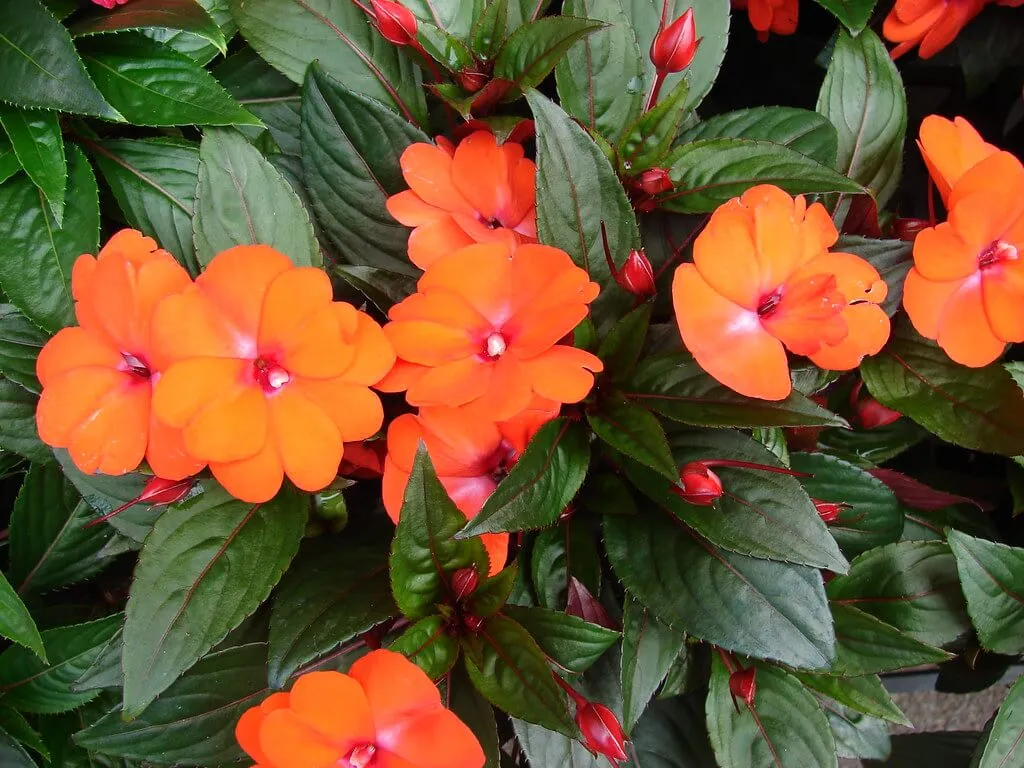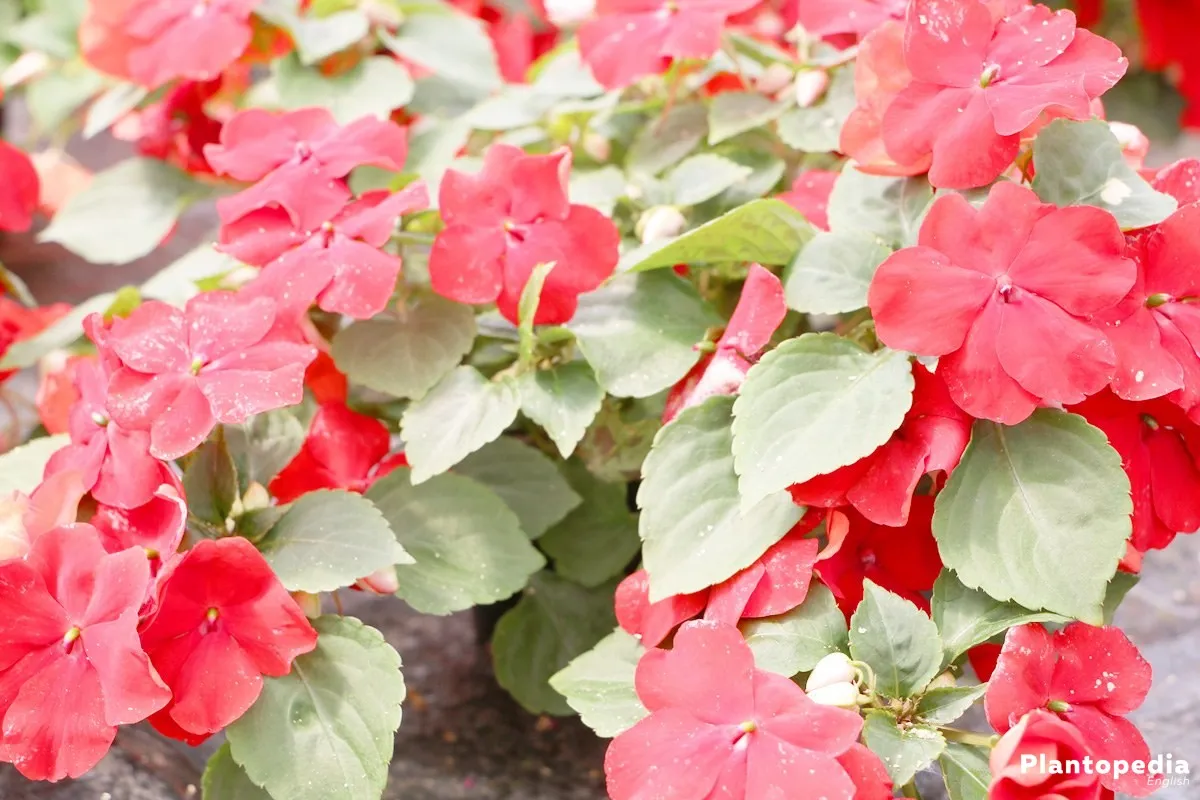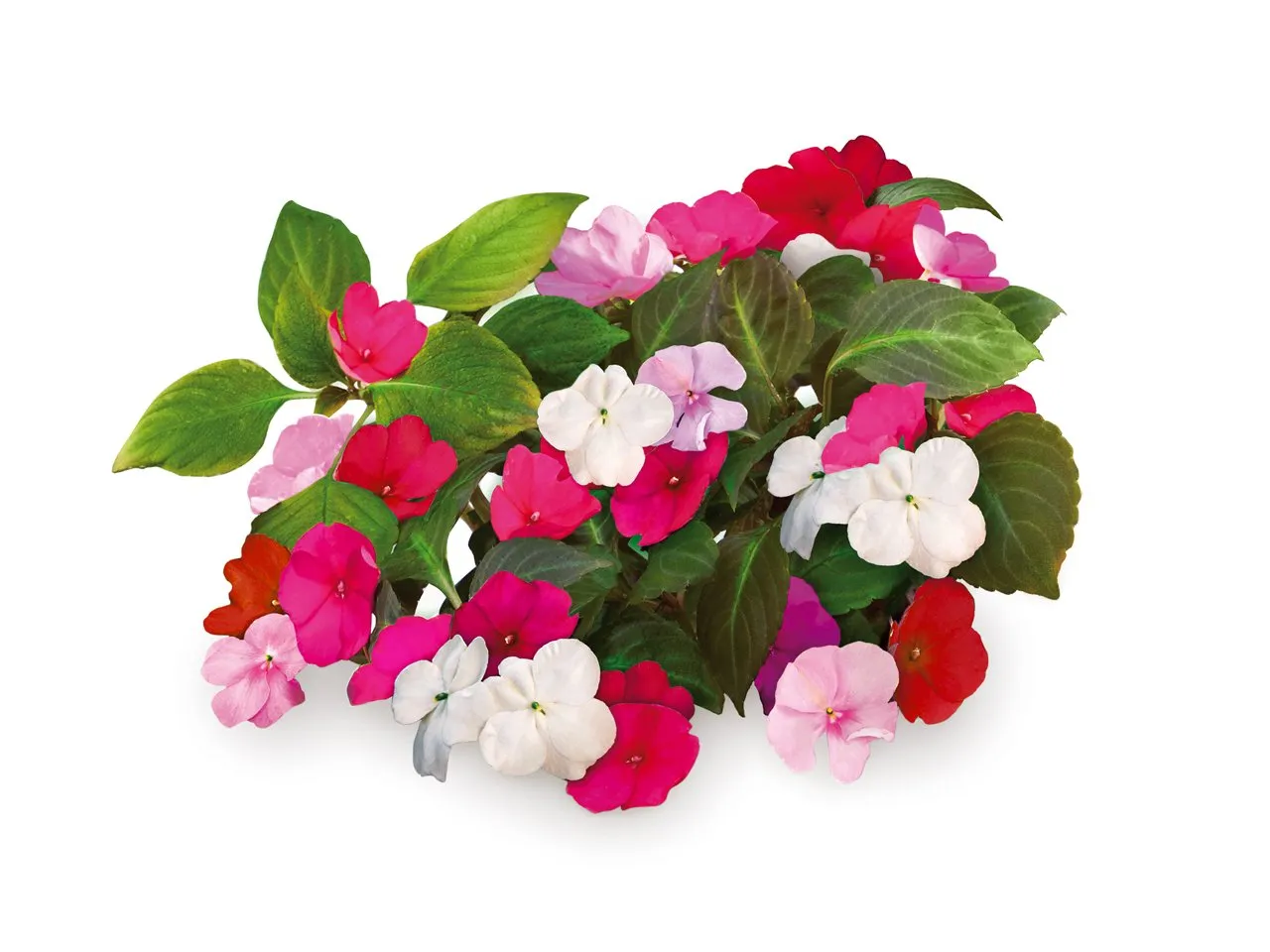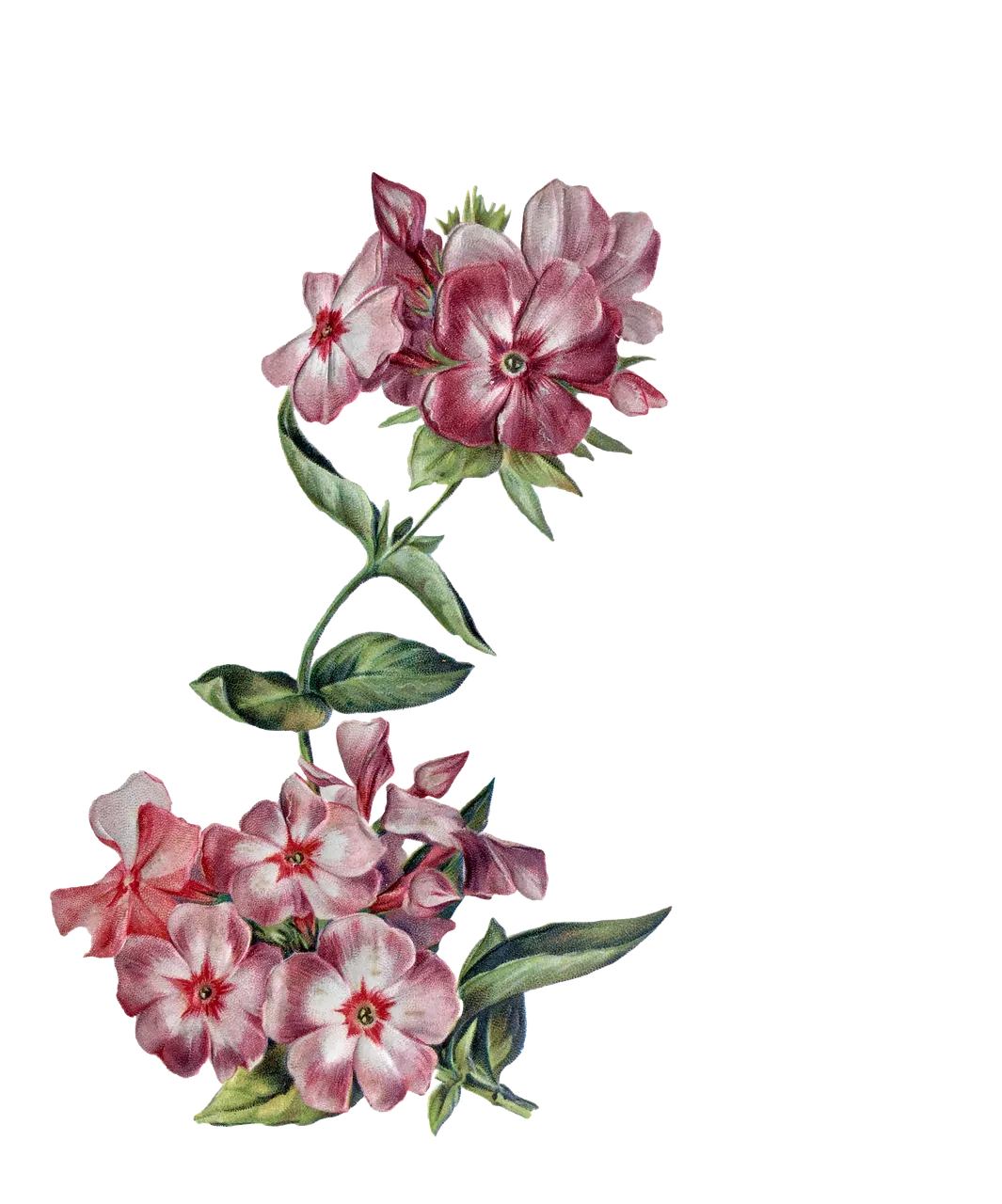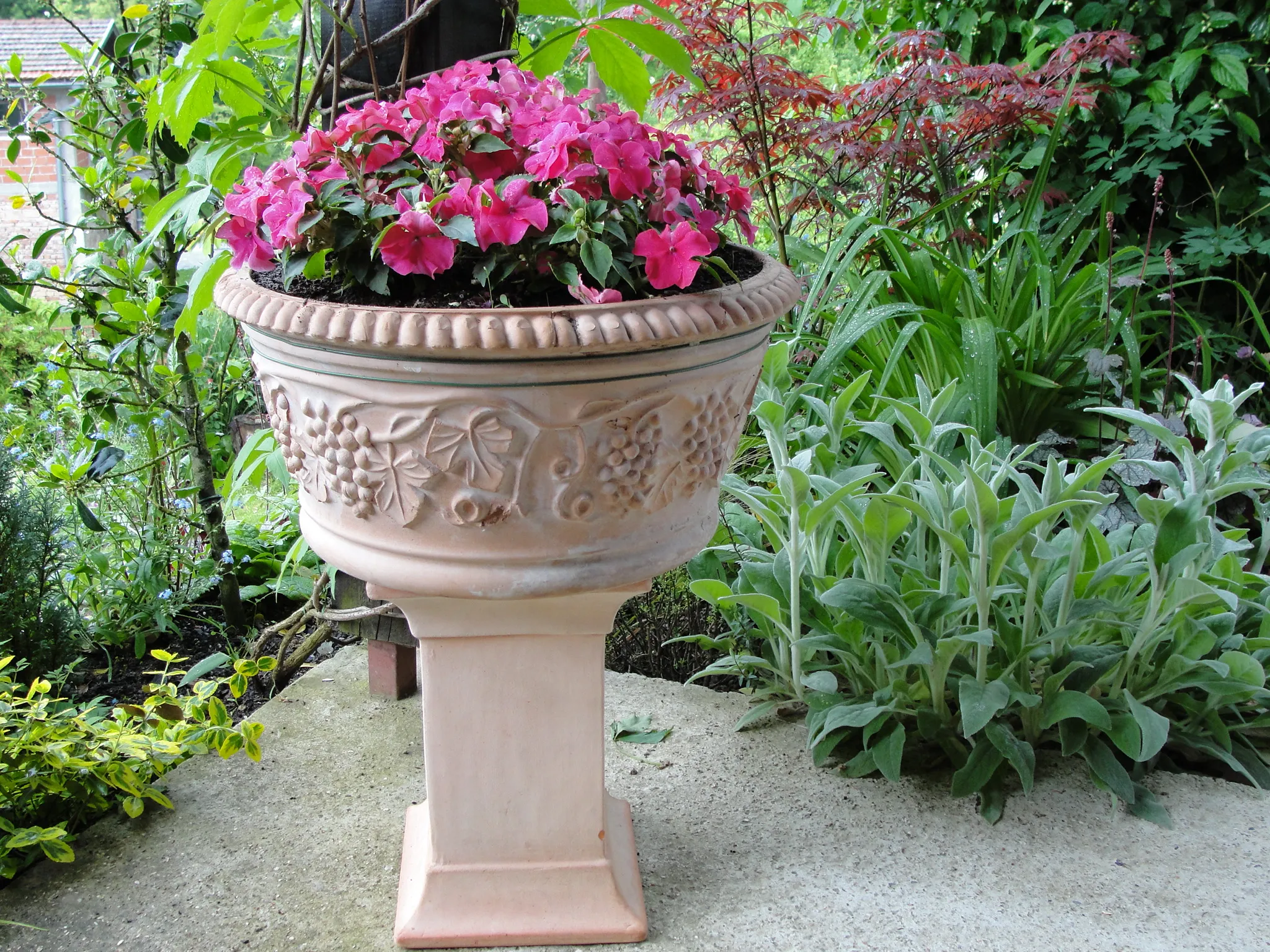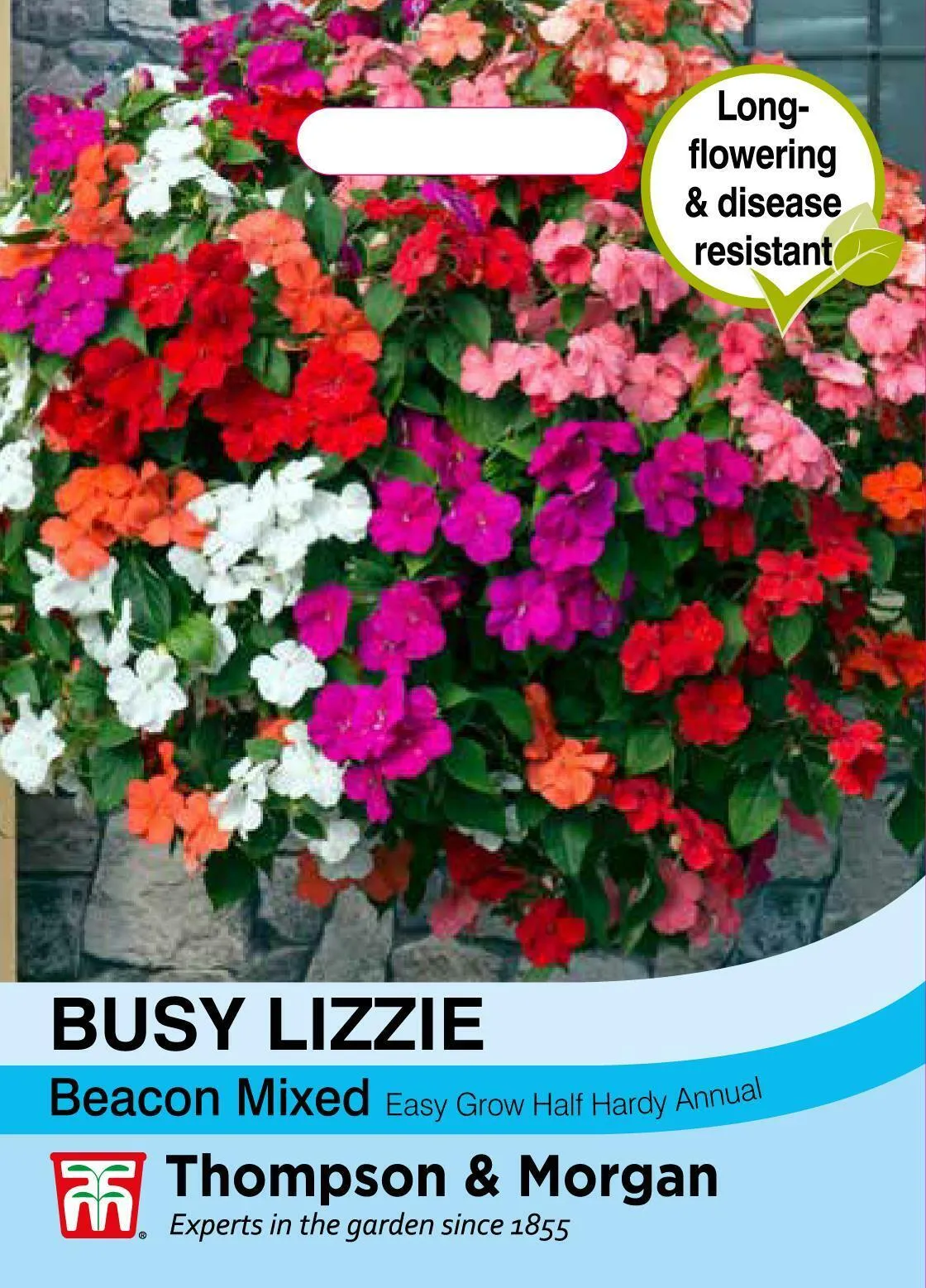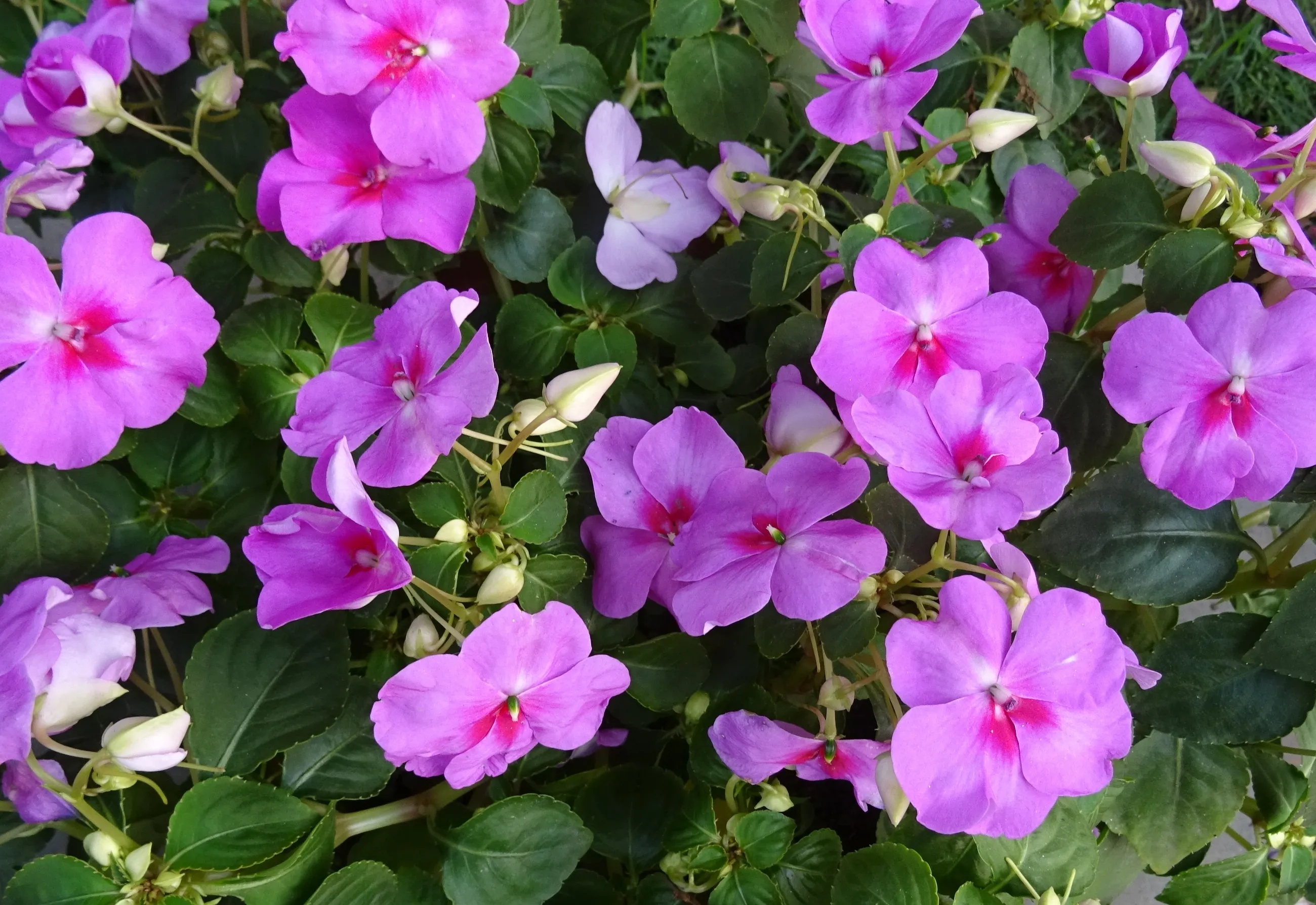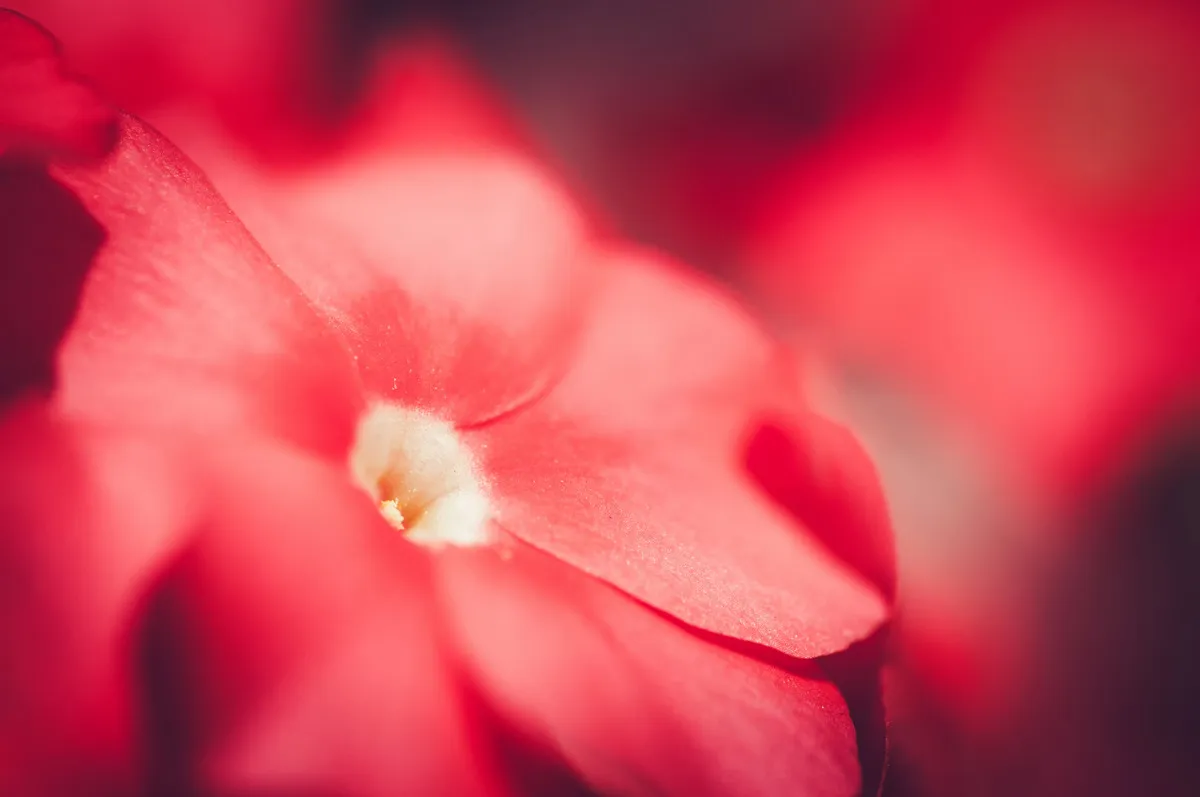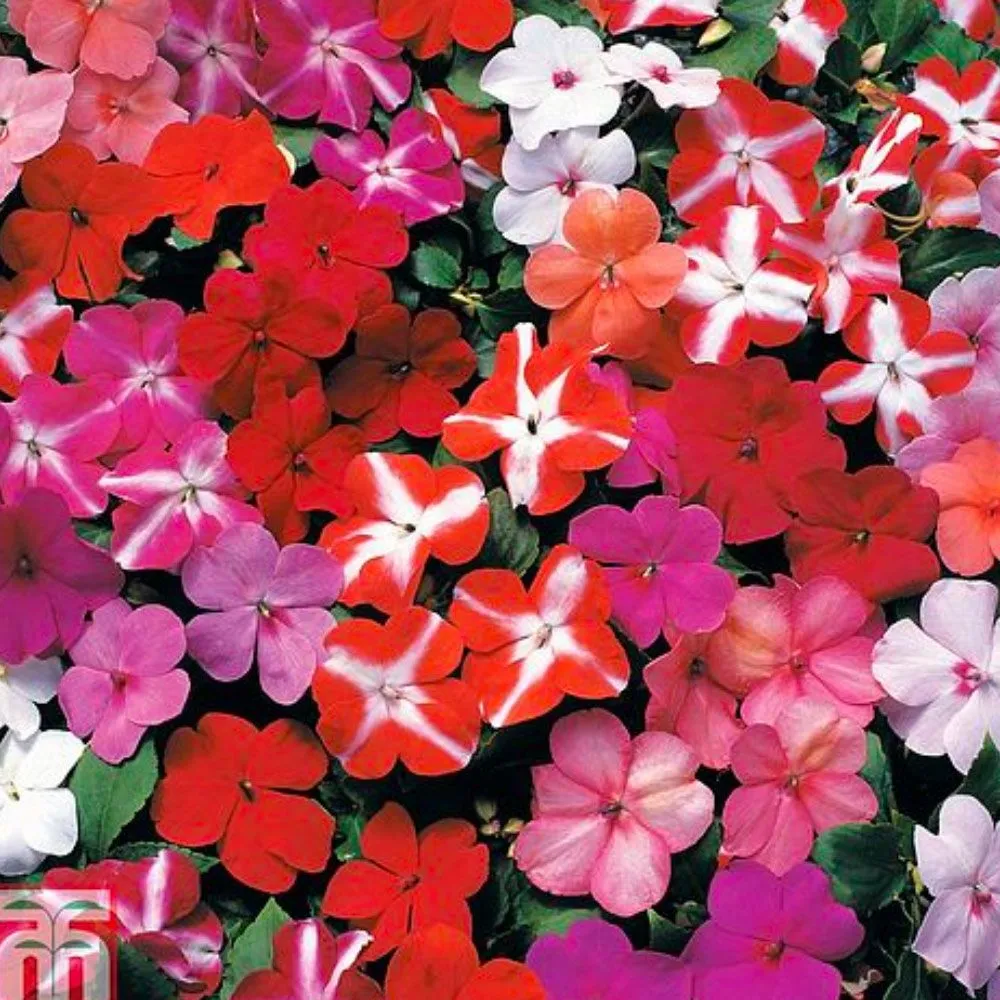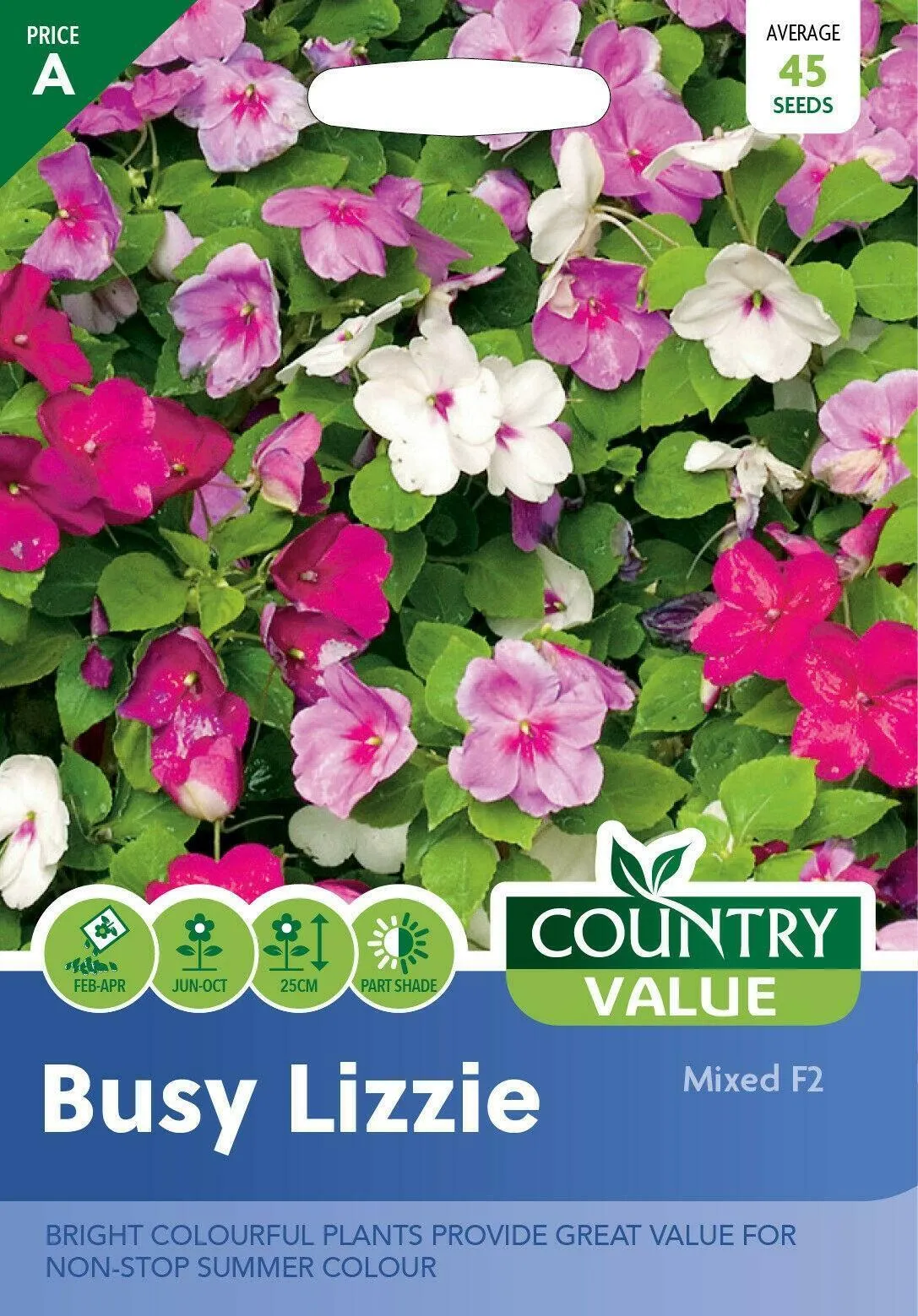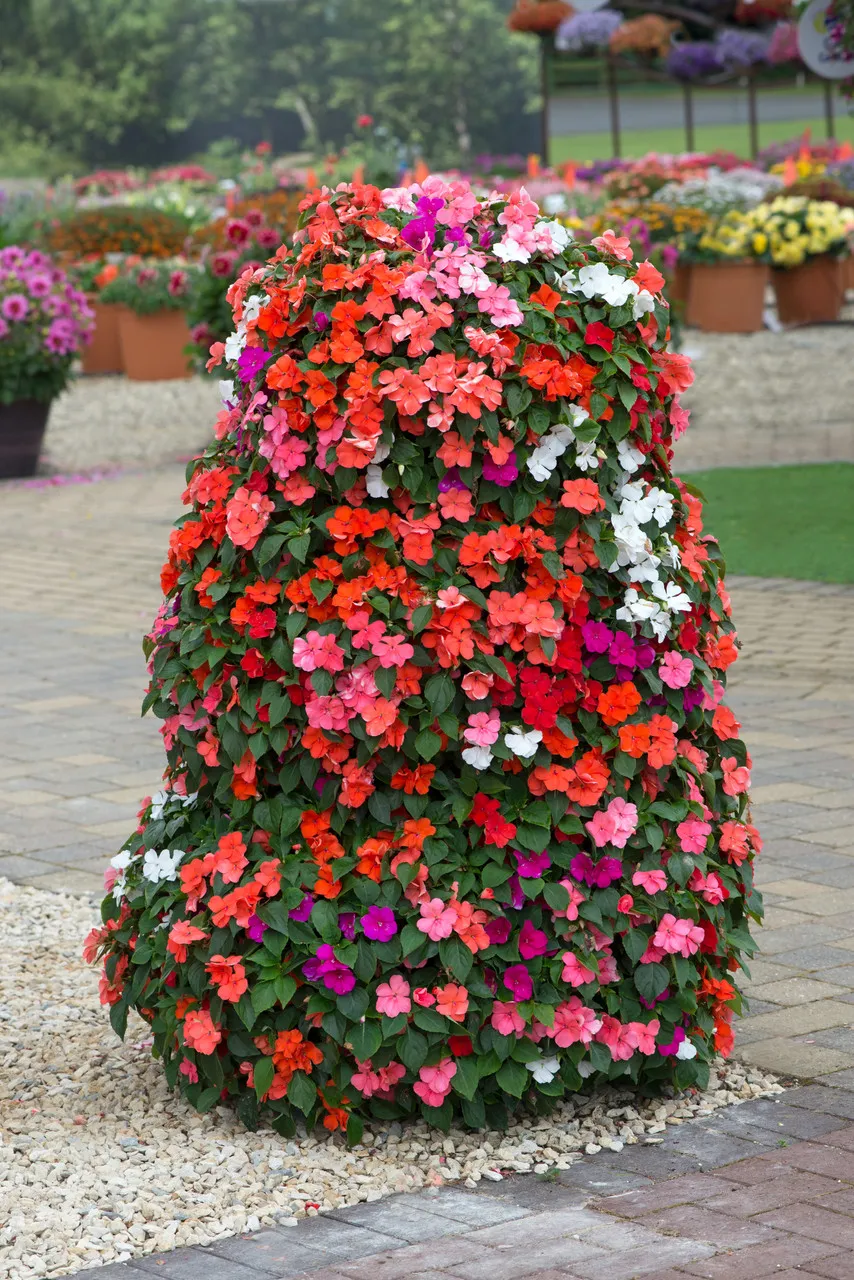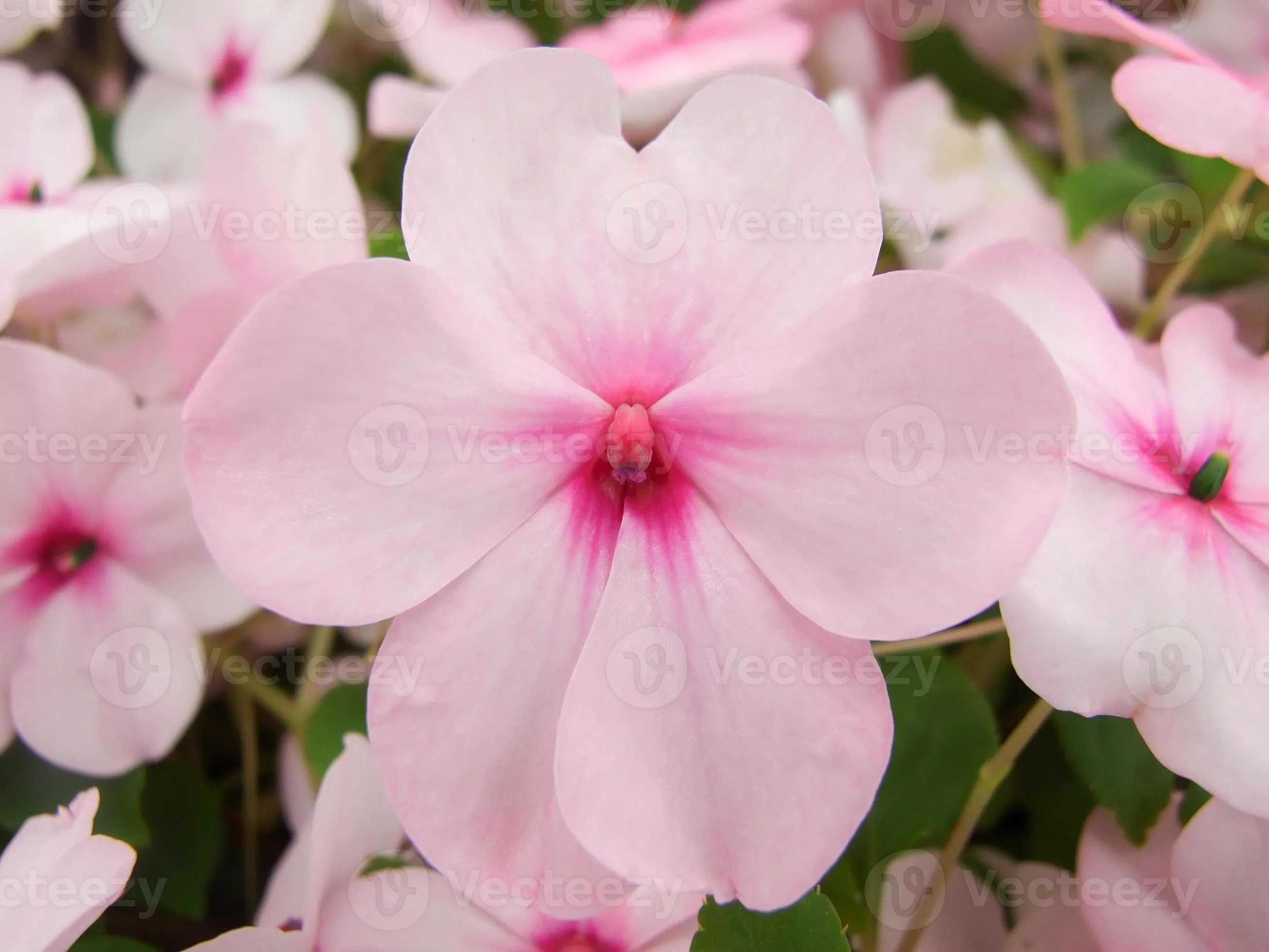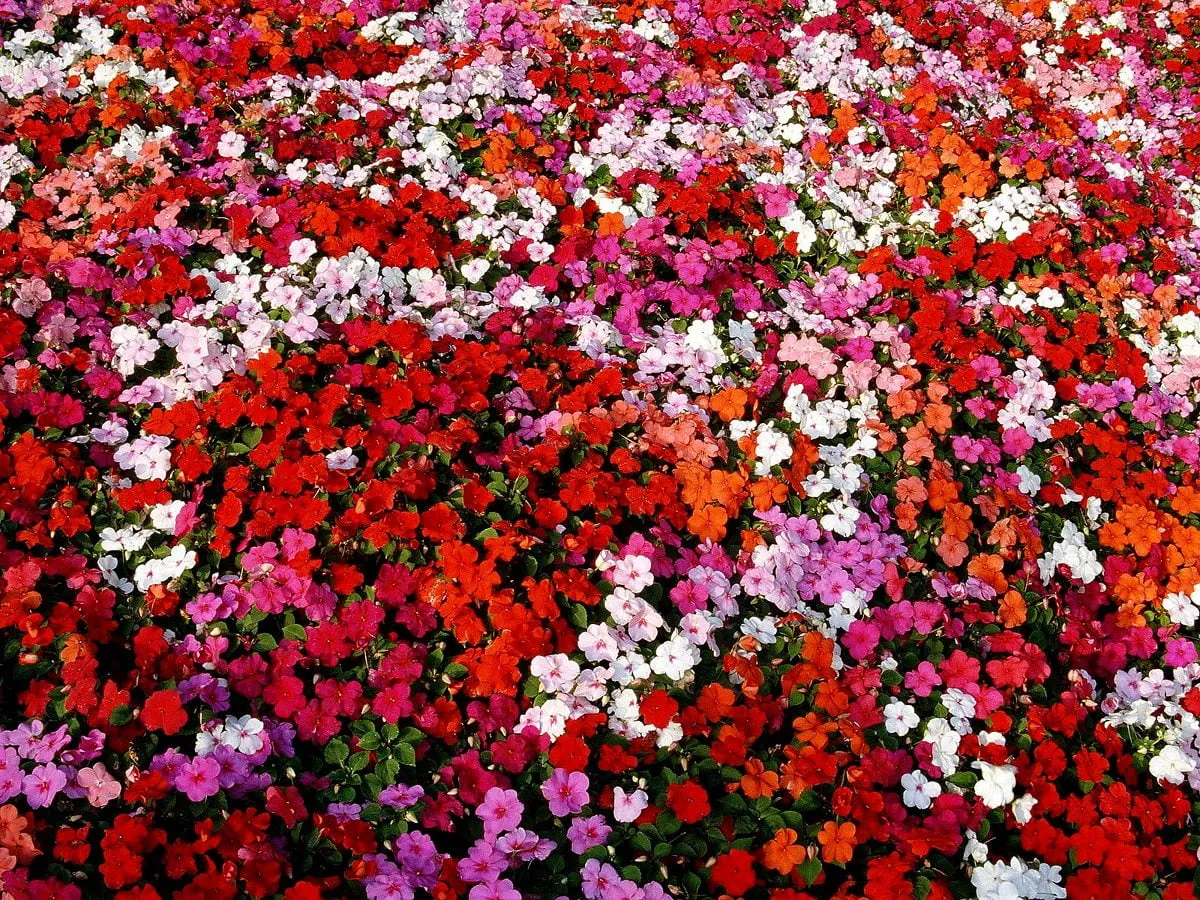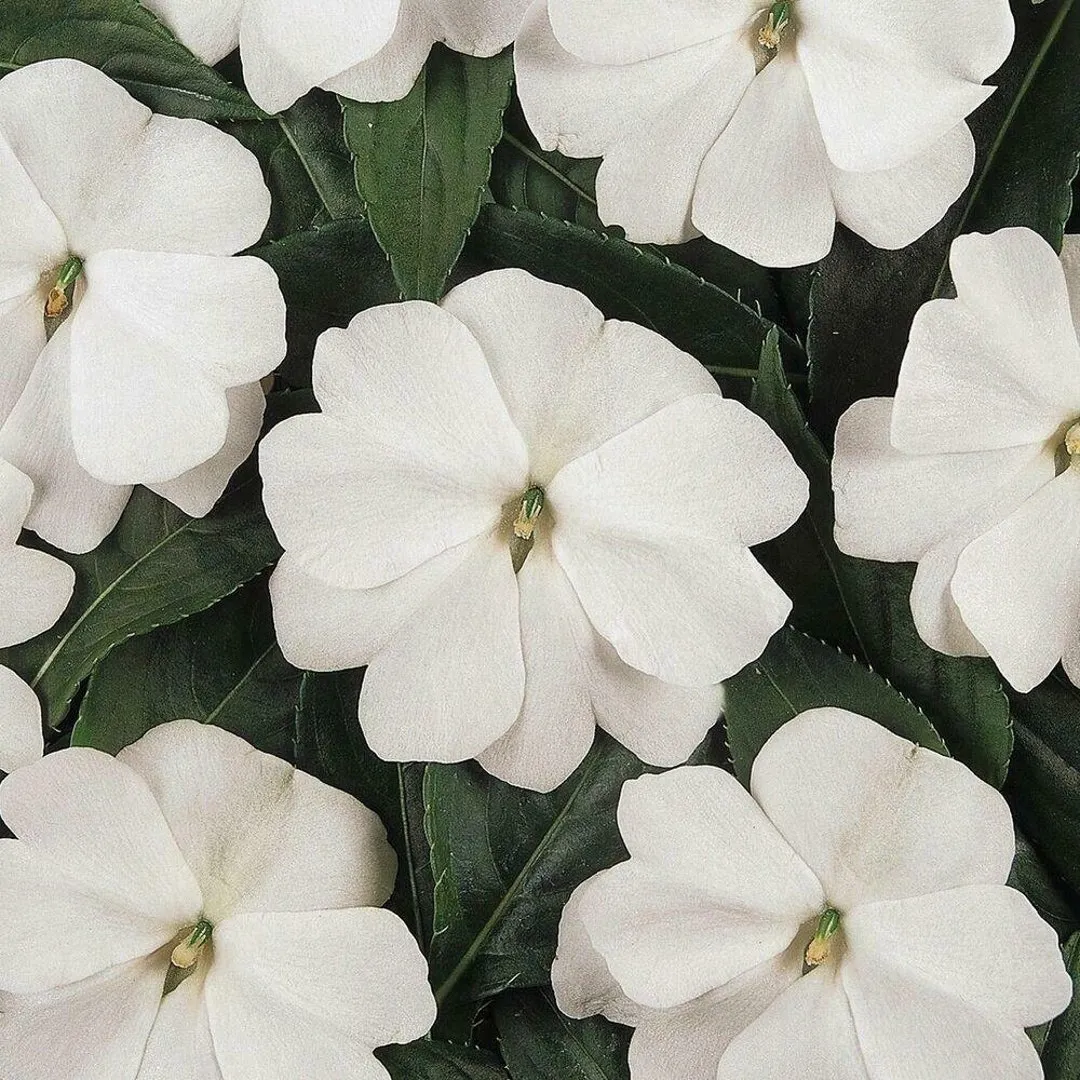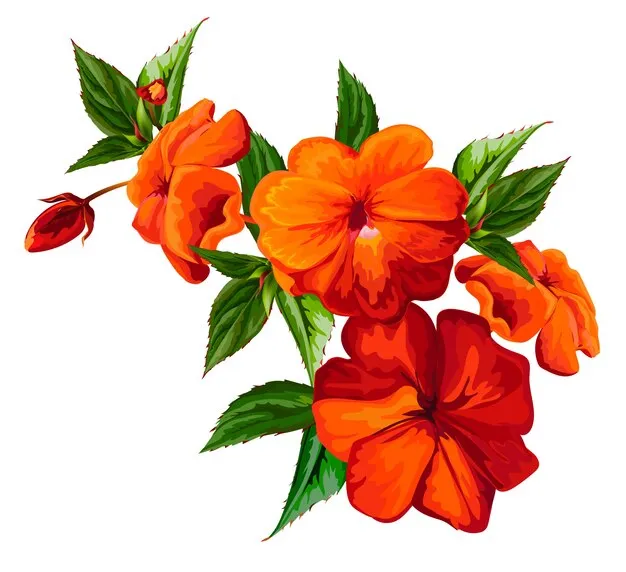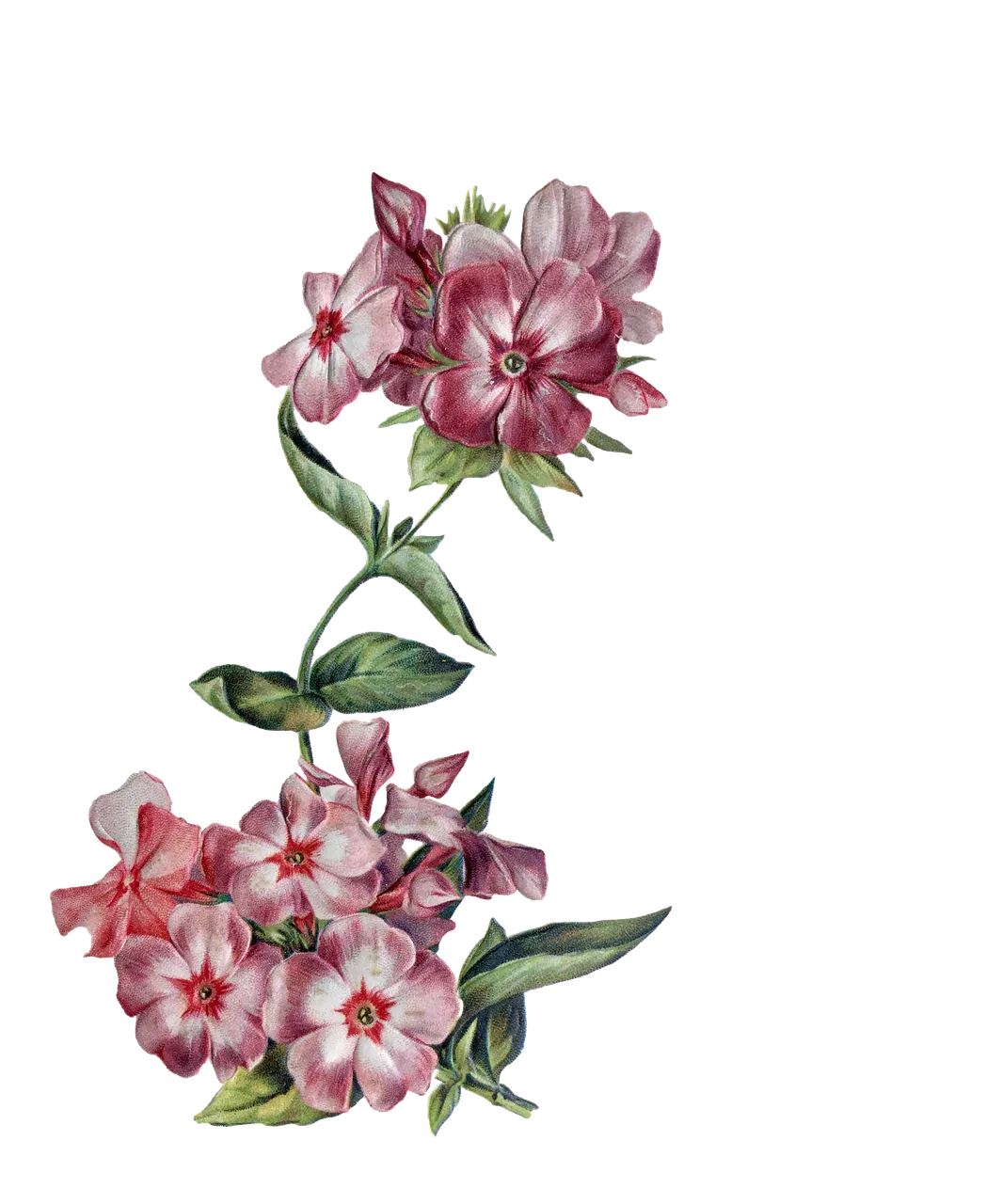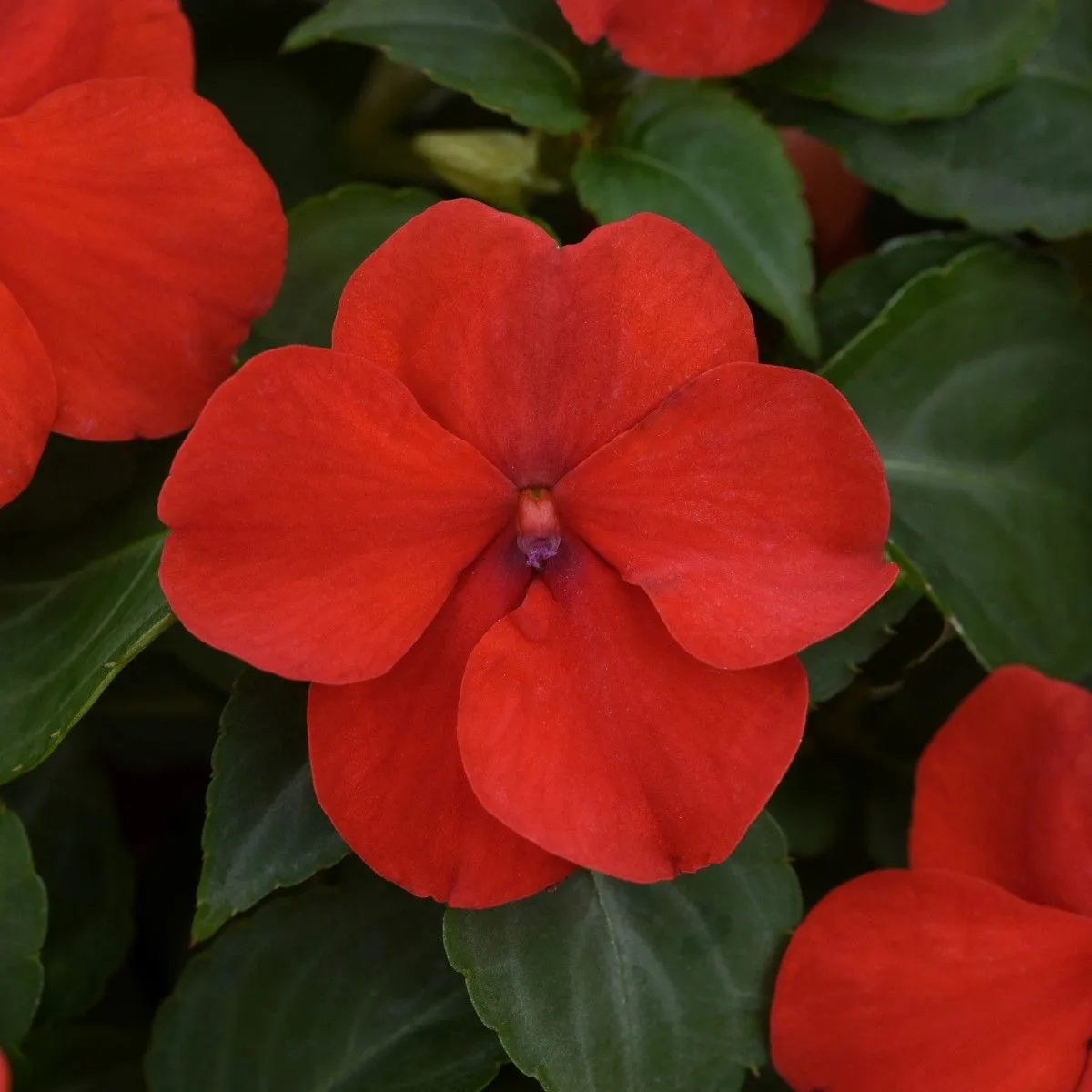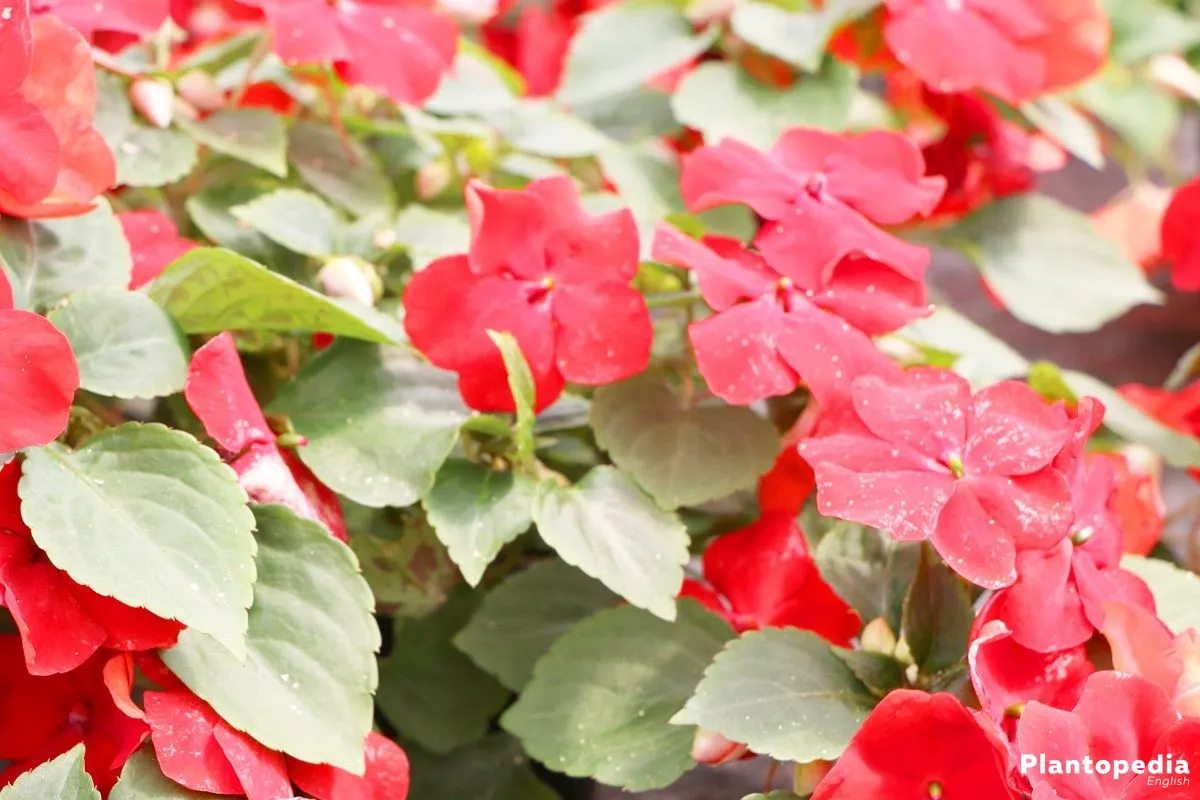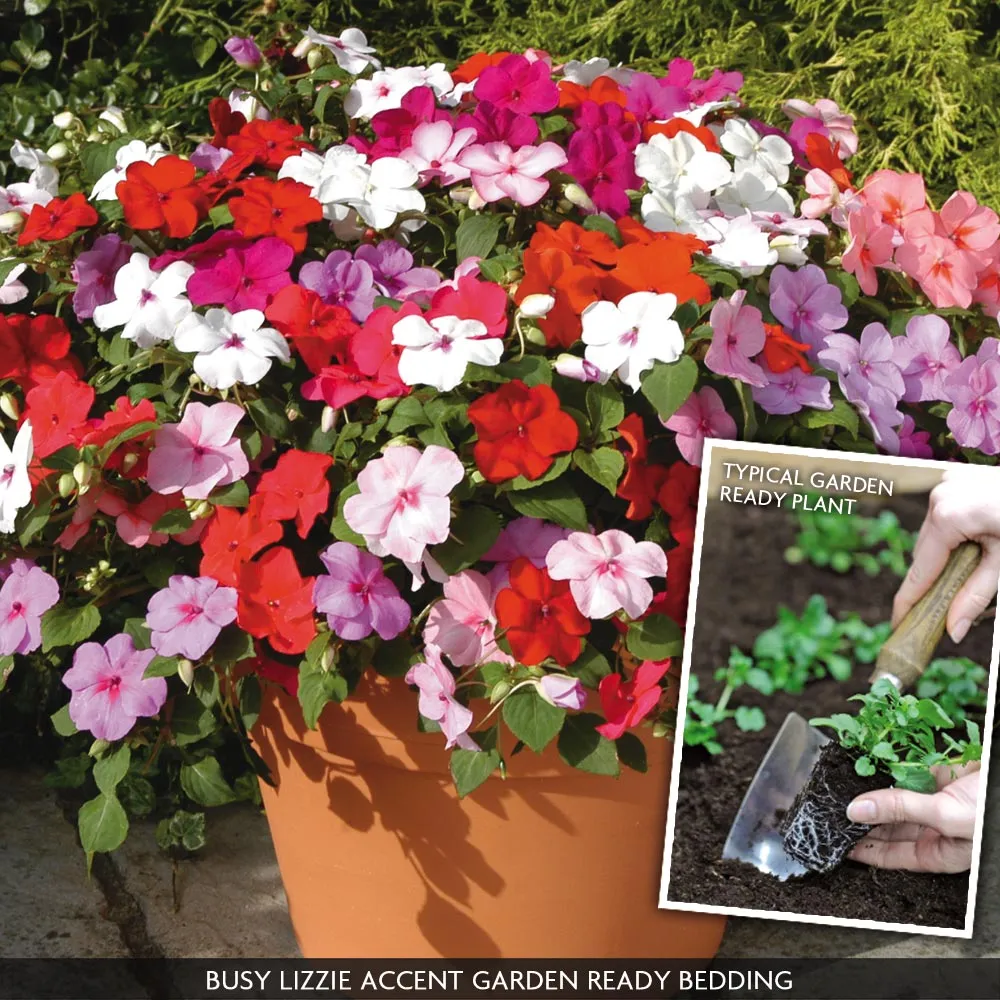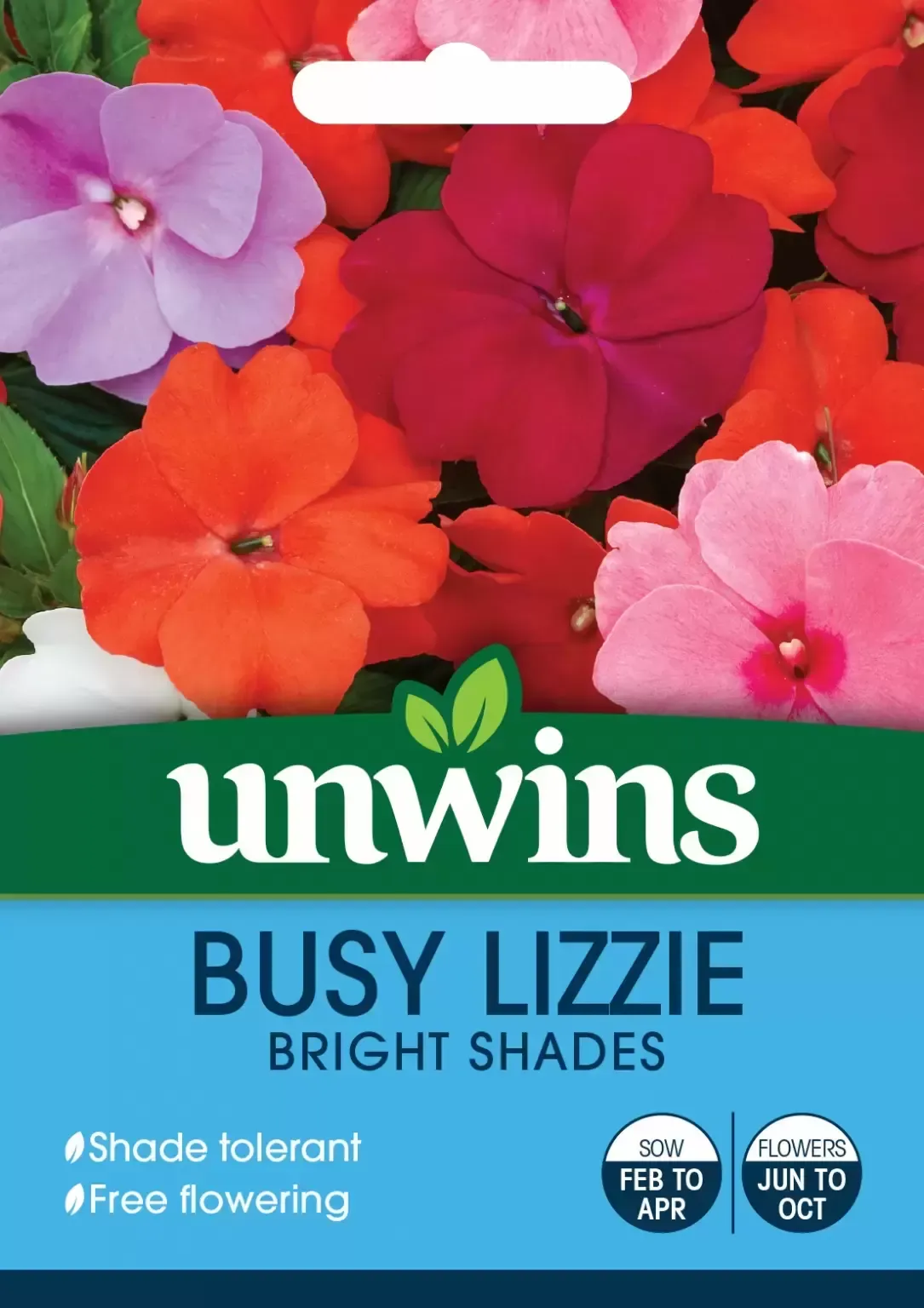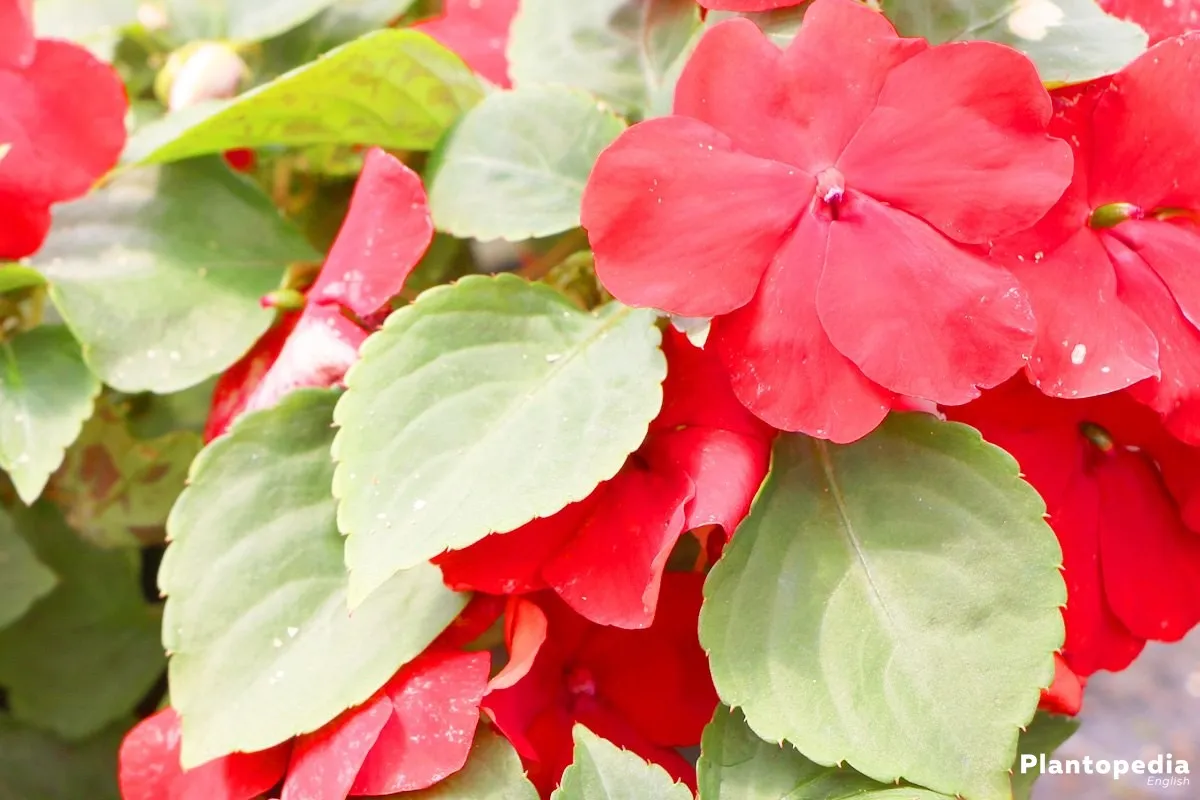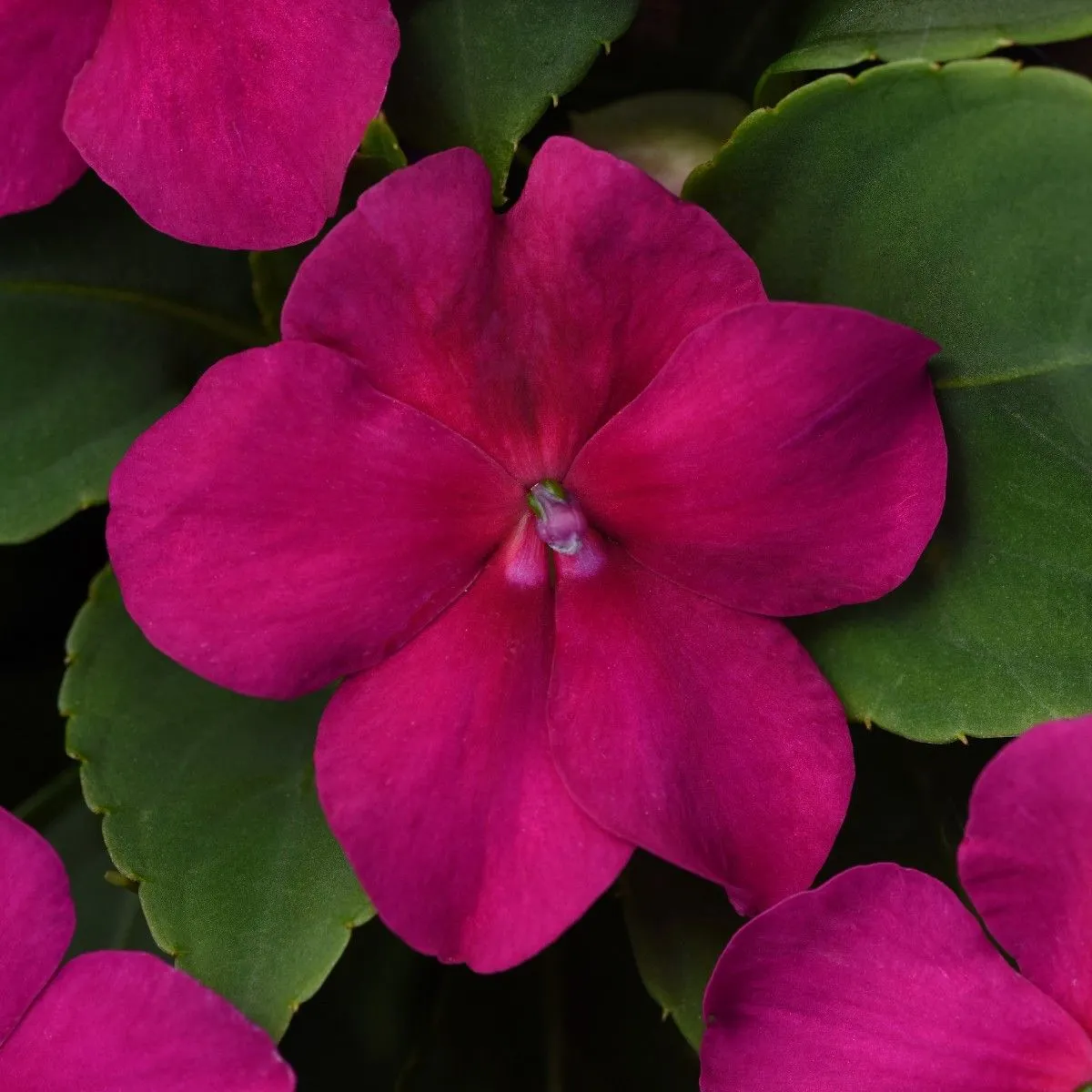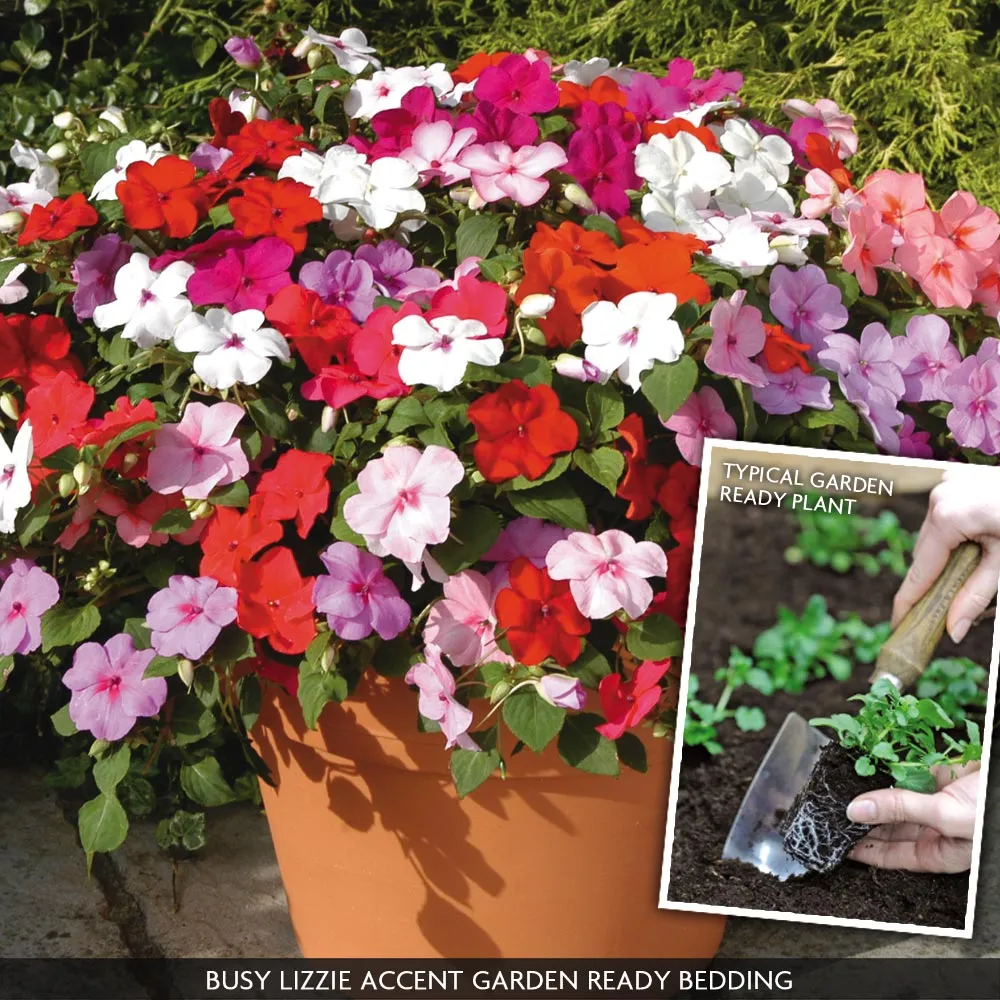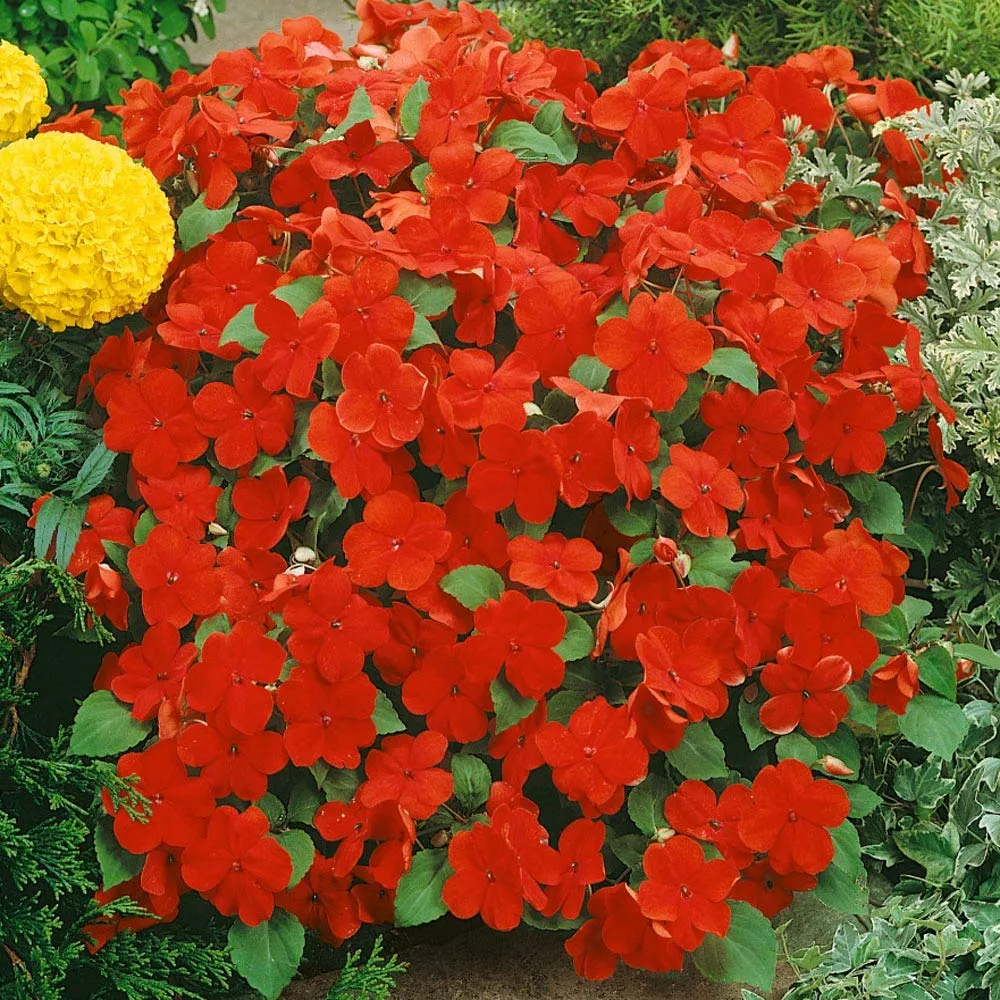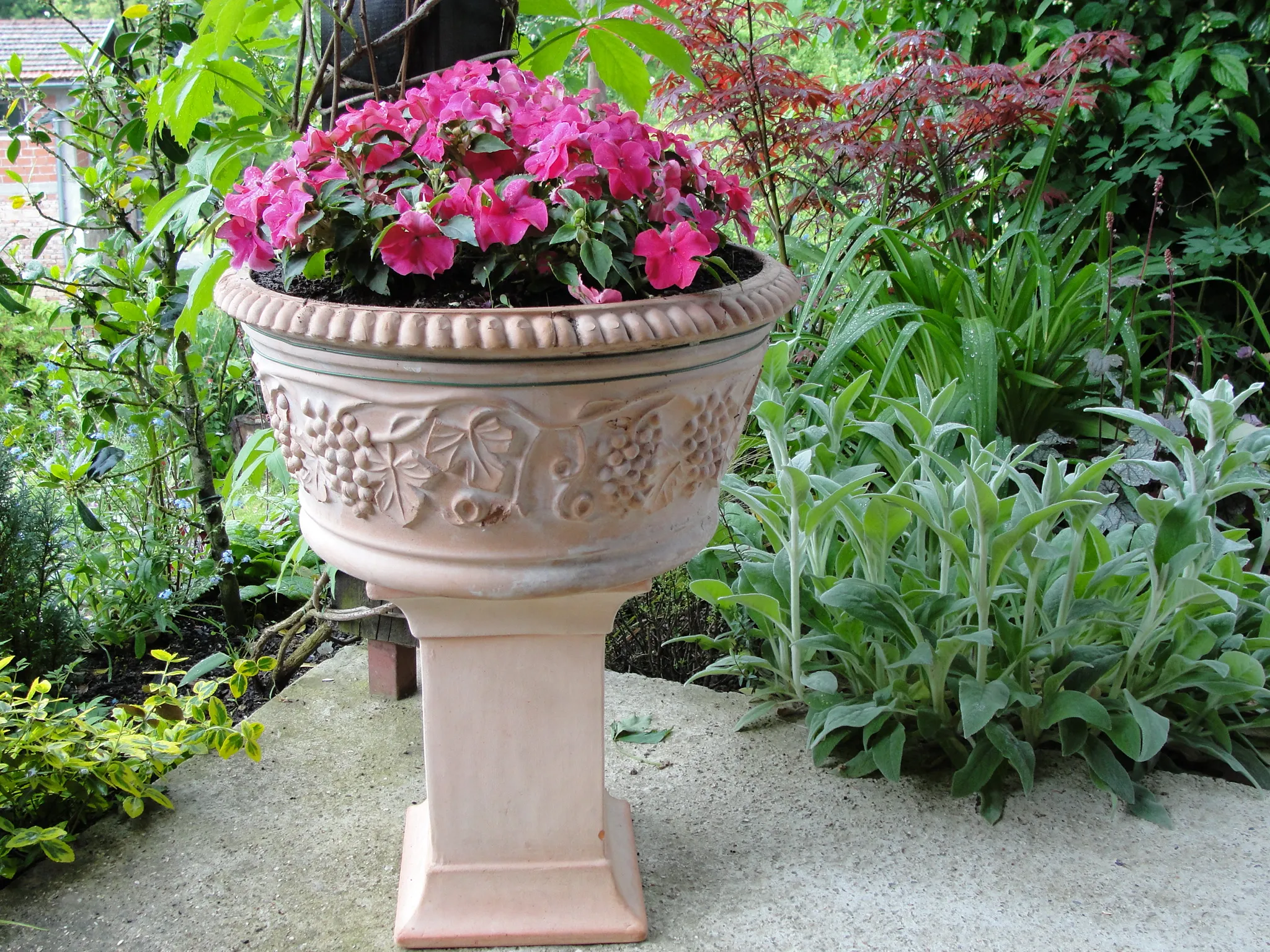Busy Lizzie: A Flower That Never Stops Blooming
Flowers are the most beautiful creation of nature. They come in a variety of colors, shapes, and sizes, and each flower has its own unique characteristics. One such flower that has gained popularity among gardeners and flower enthusiasts is the Busy Lizzie. This flower is known for its constant bloom and vibrant colors, making it a favorite of many.
What is Busy Lizzie?
Busy Lizzie, also known as Impatiens walleriana, is a flowering plant that belongs to the Balsaminaceae family. It is a native of East Africa but is now widely cultivated in many parts of the world. The plant grows up to 60cm tall and has broad, green leaves that are oval-shaped and slightly pointed at the tips. The flowers of the Busy Lizzie come in a range of colors, including pink, white, red, orange, and purple. They are small, about 2.5cm in diameter, and have five petals that are arranged in a symmetrical pattern. The flowers bloom in clusters and are held above the foliage, making them highly visible.
Why is it called Busy Lizzie?
The name Busy Lizzie is believed to have originated in the 20th century in England. It is said to have been named after Queen Elizabeth II, who was known for her hard work and busy schedule. The flower's constant bloom and ability to thrive in various conditions were seen as a reflection of the queen's work ethic and resilience.
Characteristics of Busy Lizzie
- Constant Bloom: One of the most remarkable features of the Busy Lizzie is its ability to bloom continuously throughout the growing season. The plant produces flowers from early summer to the first frost, providing a long-lasting display of color in the garden.
- Low Maintenance: Busy Lizzies are easy to grow and require minimal maintenance. They thrive in well-draining soil and partial shade, making them ideal for planting in pots, hanging baskets, or garden beds.
- Vibrant Colors: The flowers of the Busy Lizzie come in a range of vibrant colors, including pink, white, red, orange, and purple. They add a splash of color to any garden or outdoor space.
- Attracts Pollinators: The Busy Lizzie is a favorite of bees, butterflies, and other pollinators, making it an excellent choice for gardeners who want to attract wildlife to their garden.
How to Grow Busy Lizzie
Growing Busy Lizzie is relatively easy, and the plant can be grown in a variety of conditions. Here are some steps to follow:
Step 1: Choose the Right Location
Busy Lizzies thrive in partial shade and well-draining soil. Choose a location that receives 4-6 hours of sunlight per day and has well-draining soil.
Step 2: Prepare the Soil
Before planting, prepare the soil by adding compost or organic matter to improve its texture and drainage. Busy Lizzies prefer slightly acidic soil with a pH range of 5.5 to 6.5.
Step 3: Plant the Seedlings
Plant the seedlings in the prepared soil, ensuring that they are spaced at least 15-20cm apart. Water the plants thoroughly after planting.
Step 4: Watering and Fertilizing
Water the plants regularly, keeping the soil moist but not waterlogged. Feed the plants with a balanced fertilizer every 2-3 weeks to promote healthy growth and blooming.
Step 5: Maintenance
Deadhead the flowers regularly to encourage continuous blooming. Remove any yellowing or damaged leaves to prevent the spread of disease. Watch out for pests such as aphids, which can damage the plant.
Uses of Busy Lizzie
Busy Lizzies are versatile plants that can be used in a variety of ways. Here are some popular uses of the plant: - Garden Beds: Busy Lizzies are popular for planting in garden beds, where they add a splash of color and texture. - Hanging Baskets: The plant's trailing habit makes it an ideal choice for hanging baskets. The flowers spill over the edges, creating a beautiful display. - Pots and Containers: Busy Lizzies are perfect for planting in pots and containers, where they can be moved around to create a colorful display.
Conclusion
Busy Lizzie is a beautiful and versatile plant that is popular among gardeners and flower enthusiasts. Its constant bloom, vibrant colors, and low maintenance make it an excellent choice for adding color and texture to any garden or outdoor space. Whether planted in garden beds, hanging baskets, or pots, the Busy Lizzie is sure to impress with its beauty and resilience.
Frequently asked questions about Busy Lizzie wallpapers
Q: What is Busy Lizzie?
A: Busy Lizzie is a collection of flower pictures that you can download for free from our website.
Q: How many pictures are there in the collection?
A: We currently have 37 images of Busy Lizzie flowers.
Q: Can I download the pictures for free?
A: Yes, all the pictures in the Busy Lizzie collection are available for free download.
Q: What file types are available for download?
A: You can download the pictures in .jpg, .png, and .webp file types.
Q: What sizes are available for download?
A: You can choose different sizes for the pictures based on your preference. We offer various sizes based on the width and height of the image.
Q: How do I download the pictures?
A: To download the pictures, simply click on the image you want to download and select the file type and size you prefer. Then, click the download button and save the file to your device.
Q: Can I use the pictures for commercial purposes?
A: No, the pictures in the Busy Lizzie collection are for personal use only. If you would like to use them for commercial purposes, please contact us for permission.
Q: Can I modify the pictures?
A: Yes, you are free to modify the pictures as you see fit. However, please note that the original copyright still belongs to us.
Q: What if I can't find the size I need?
A: If you can't find the size you need, please contact us and we will do our best to accommodate your request.
Q: Is the website mobile-friendly?
A: Yes, our website is mobile-friendly and automatically detects the visitor's mobile screen size to choose the right size for the visitor.
Q: Can I share the pictures on social media?
A: Yes, you are welcome to share the pictures on social media. However, please make sure to credit us as the source of the pictures.


